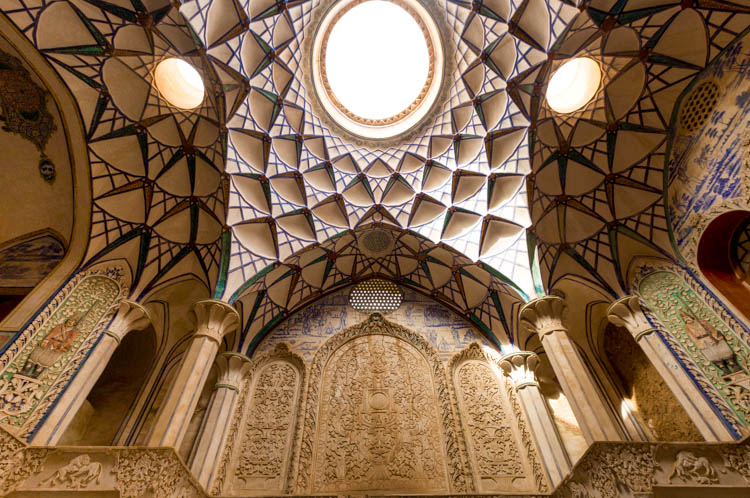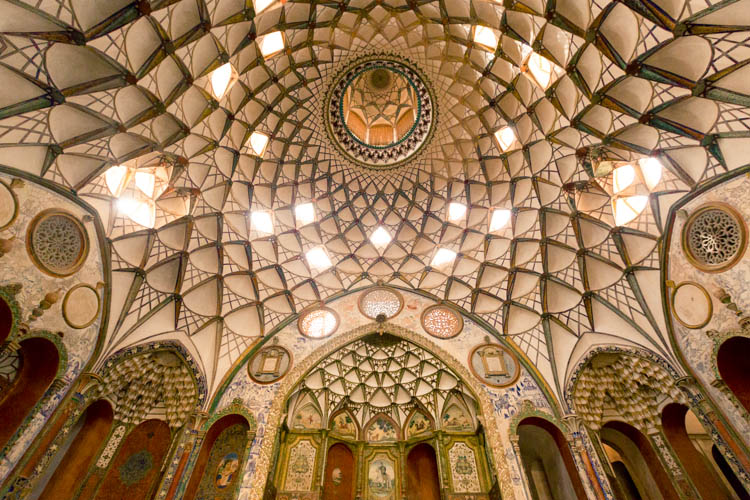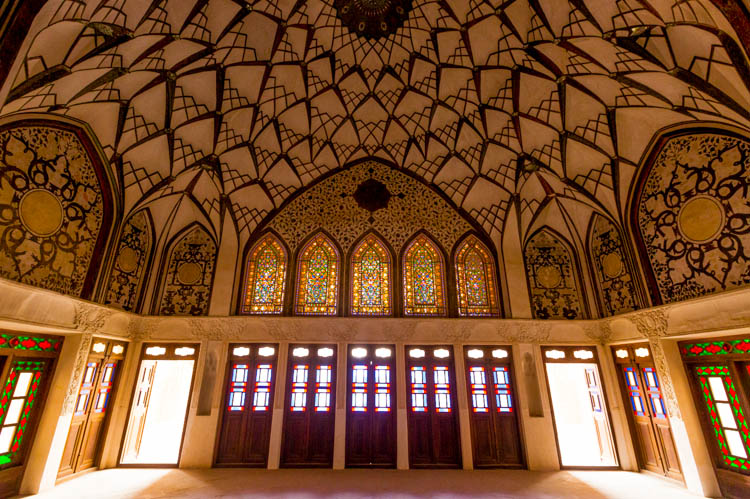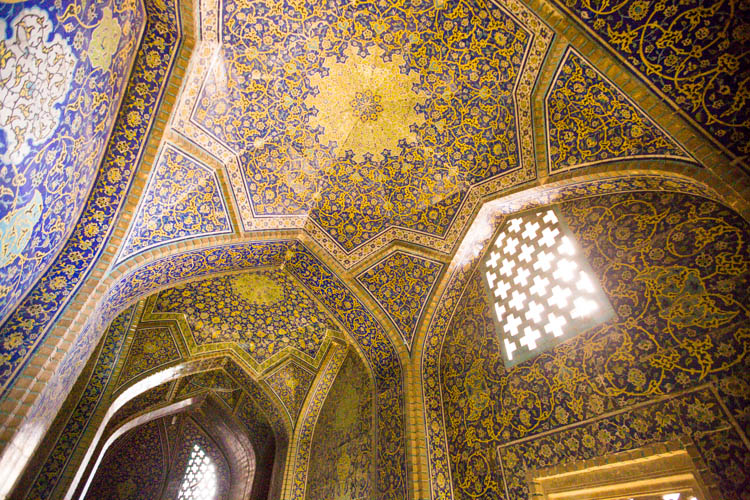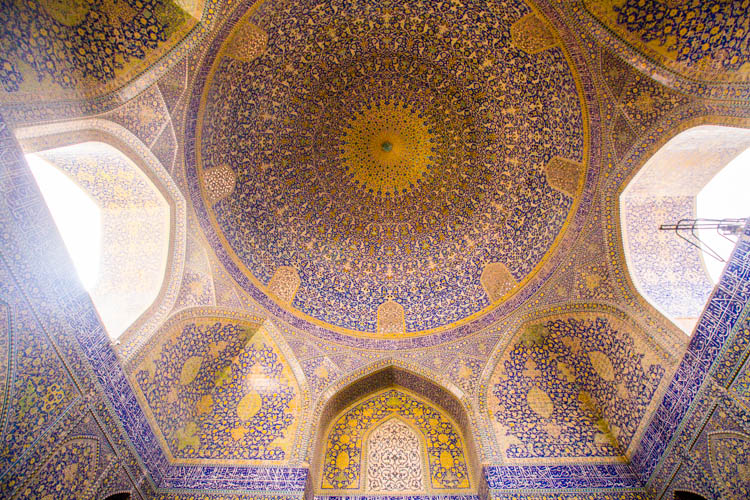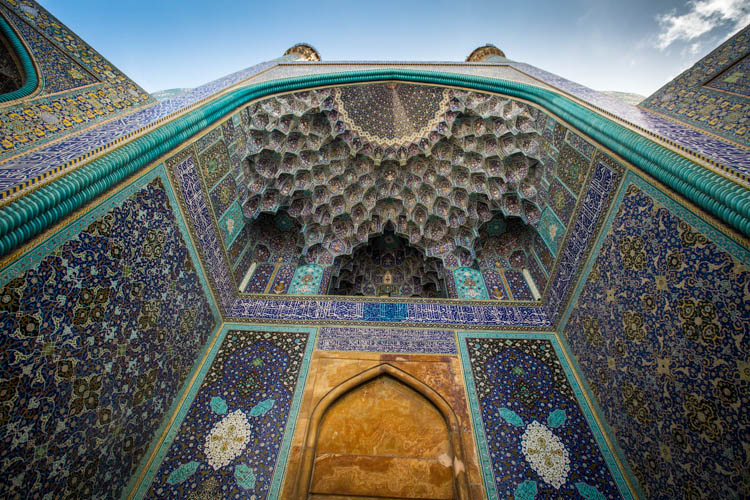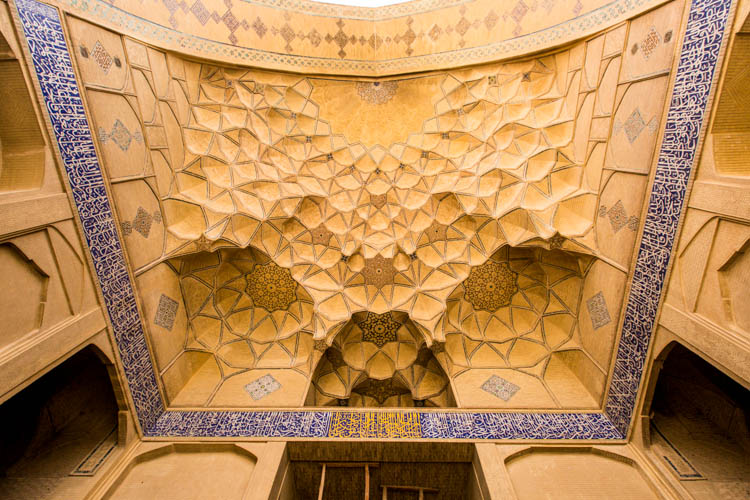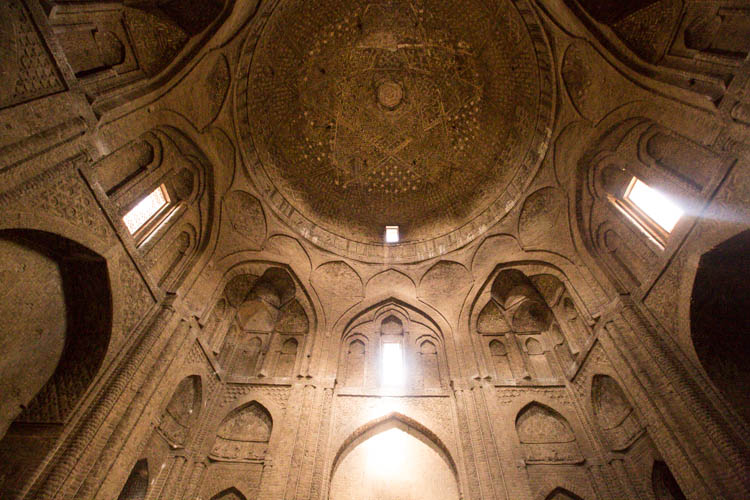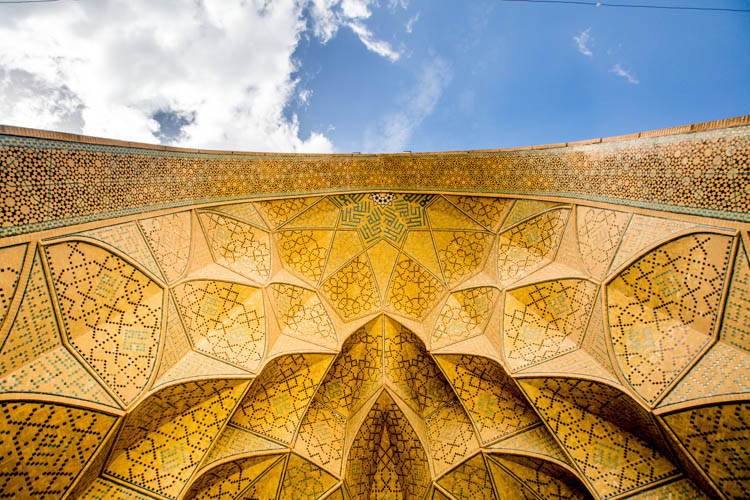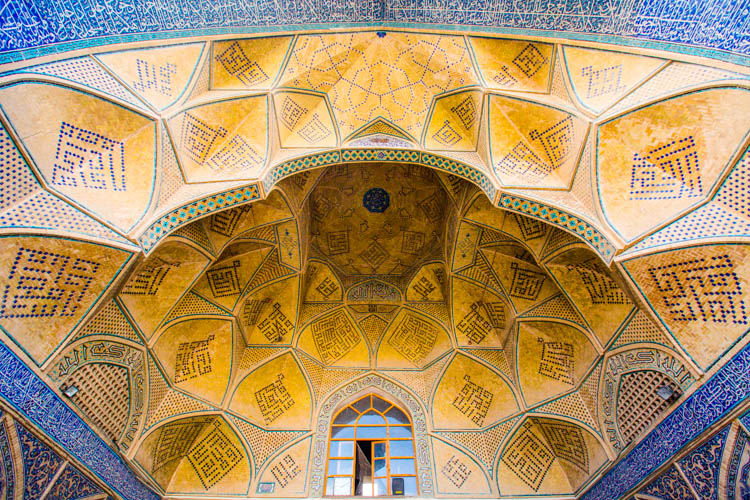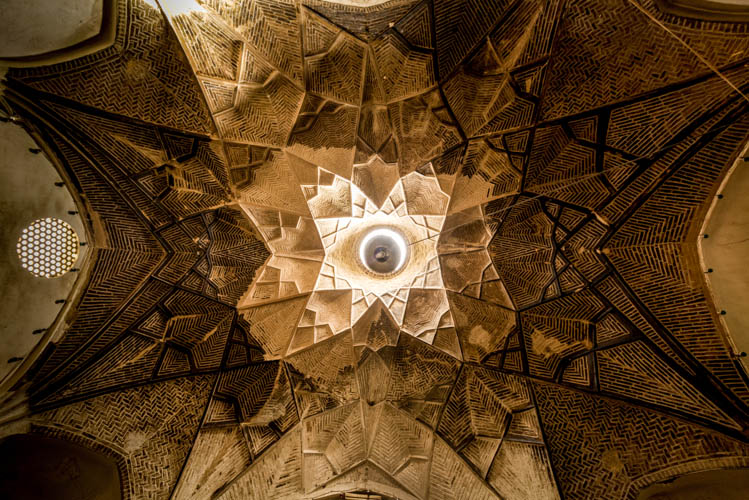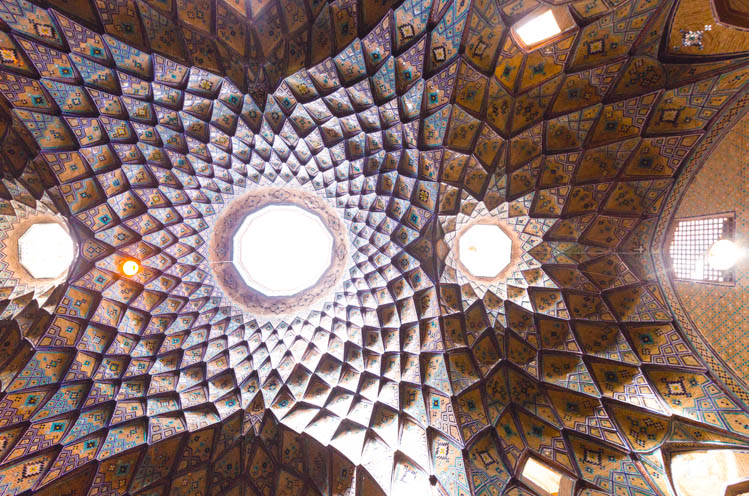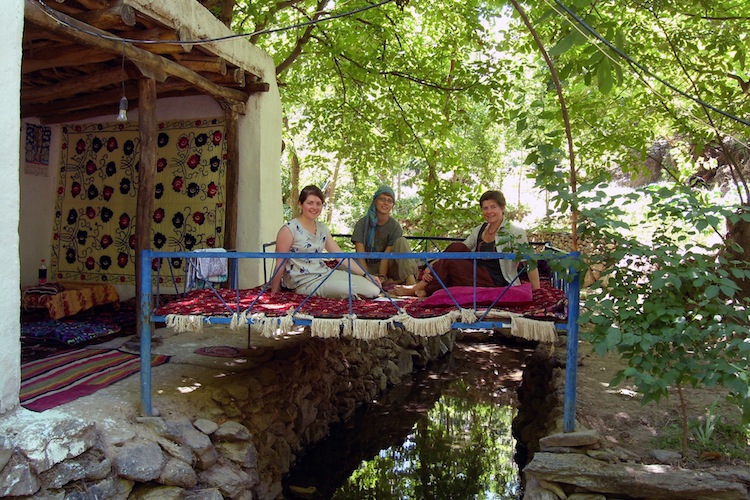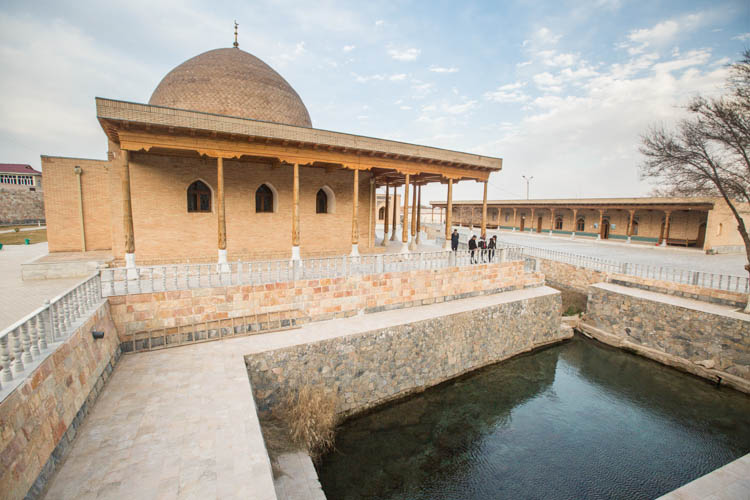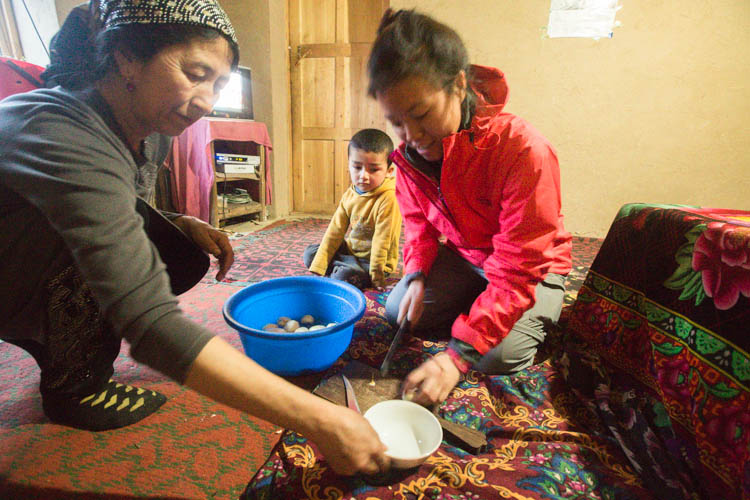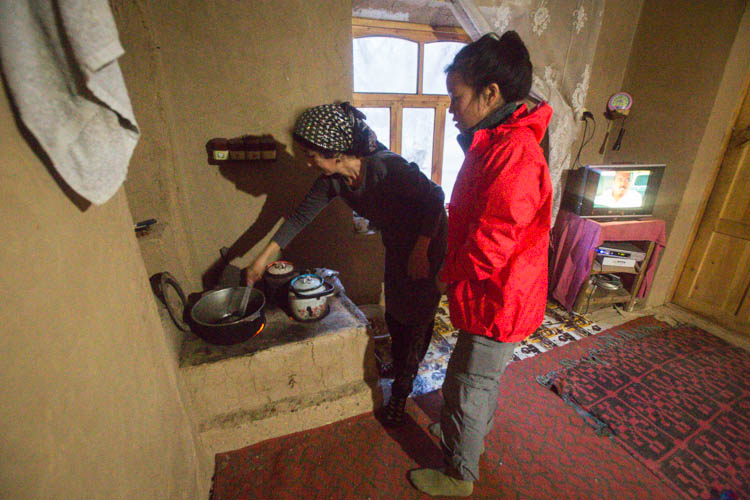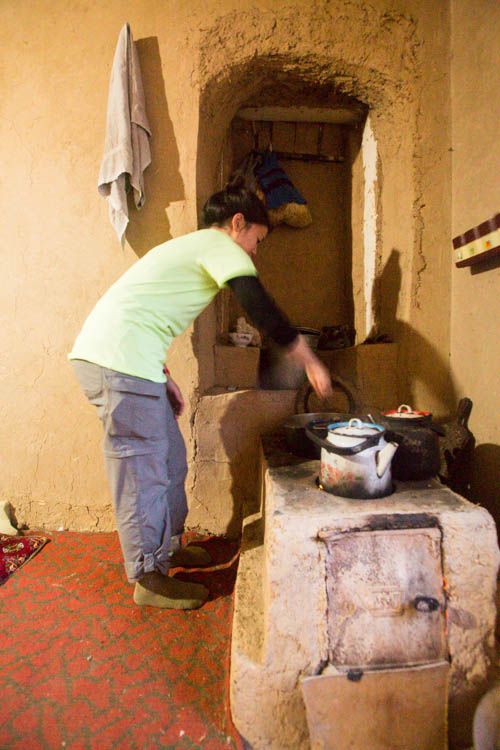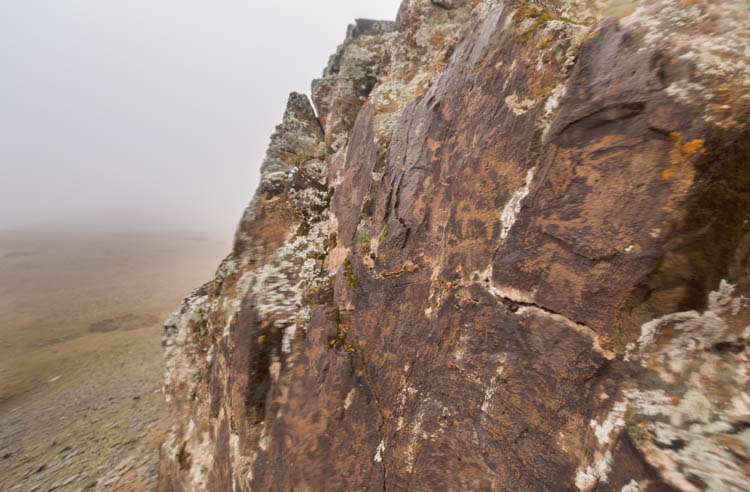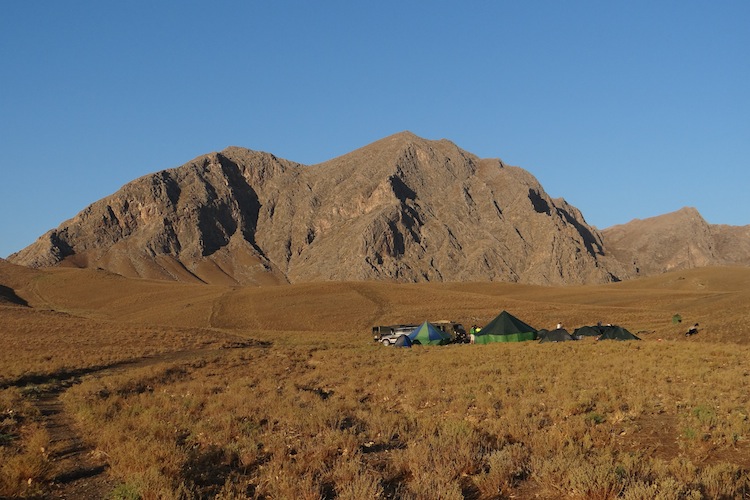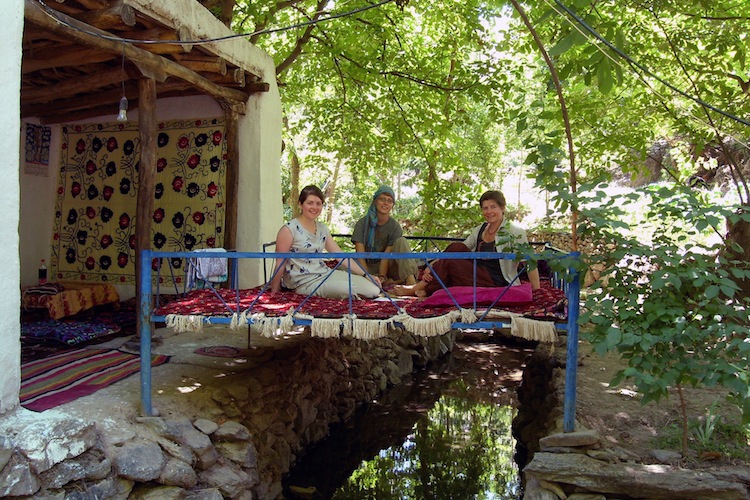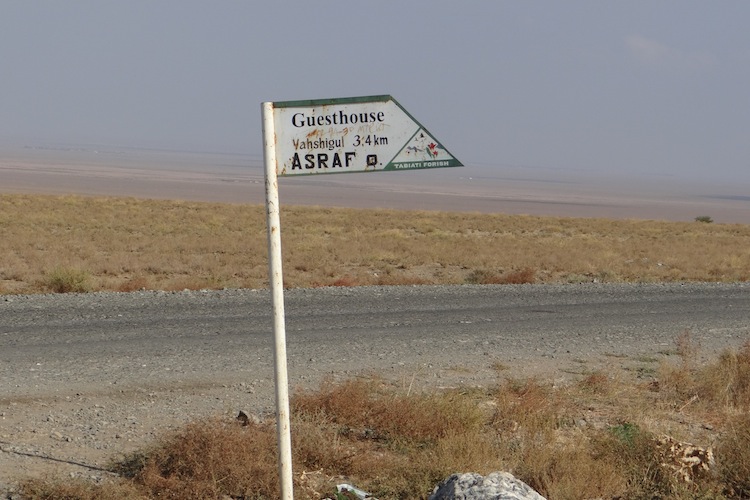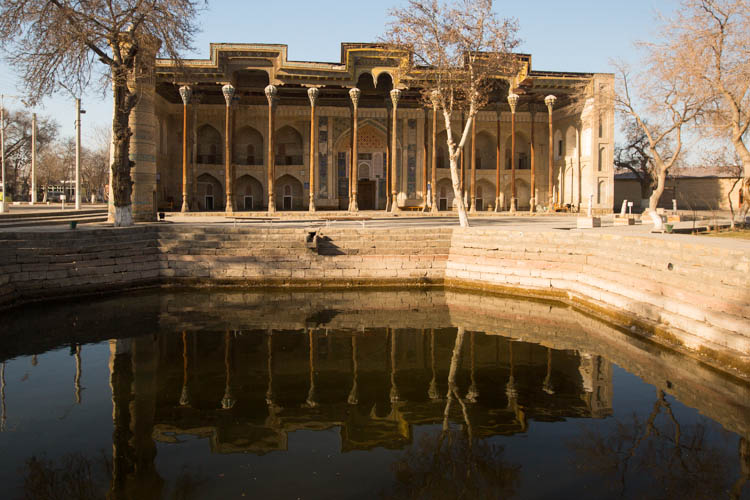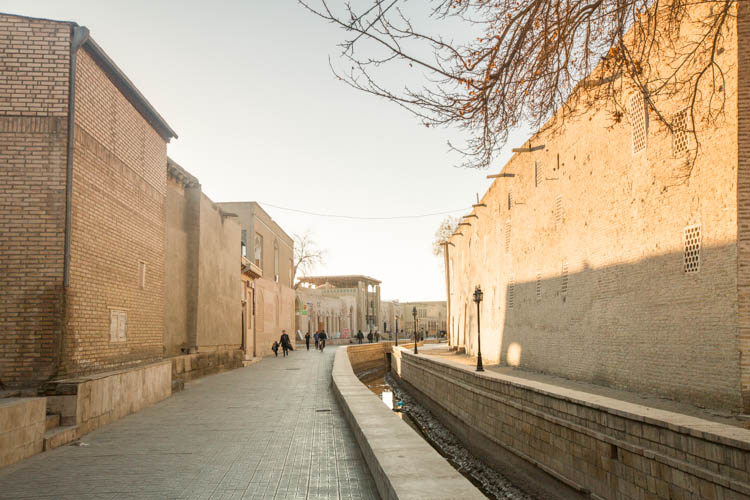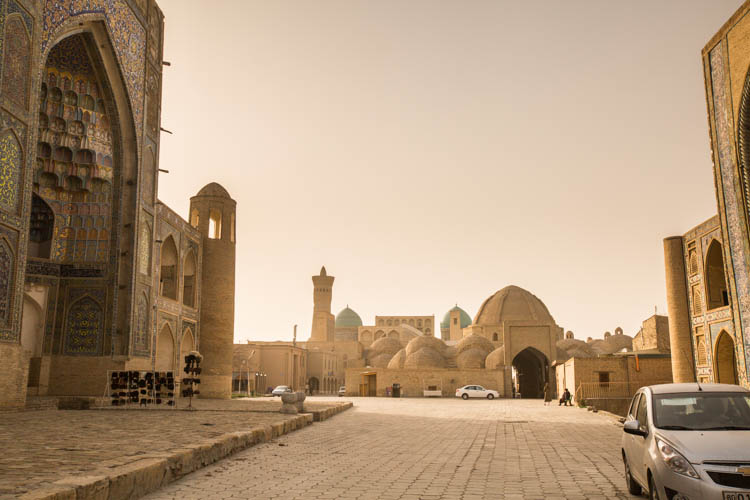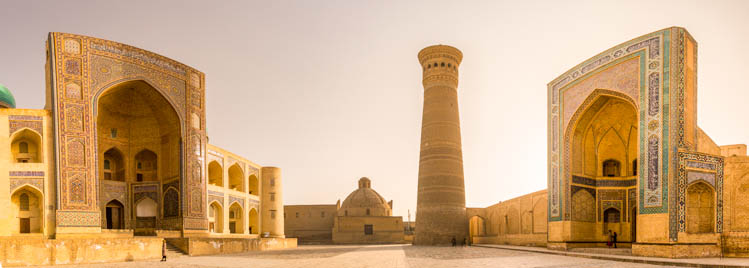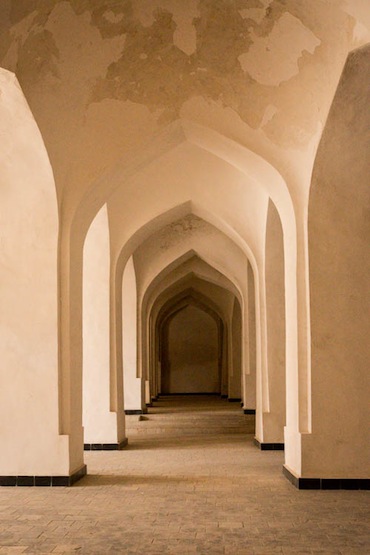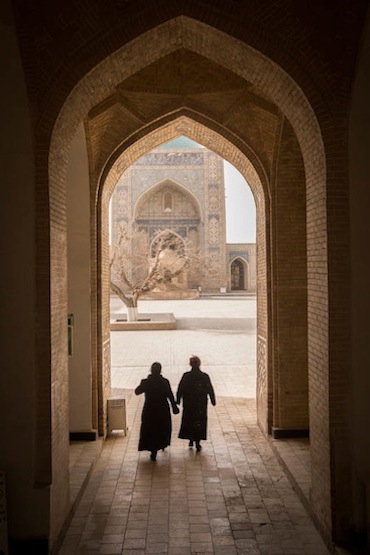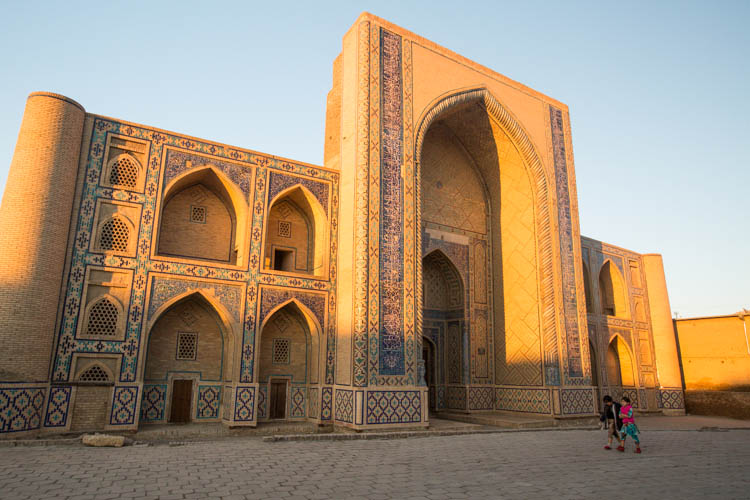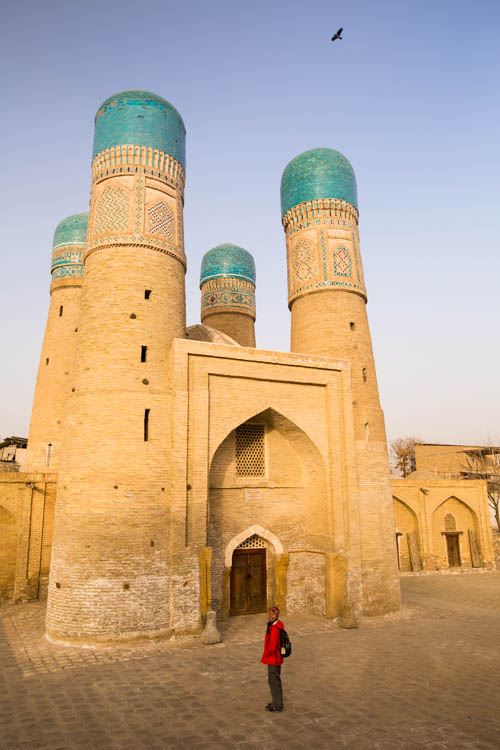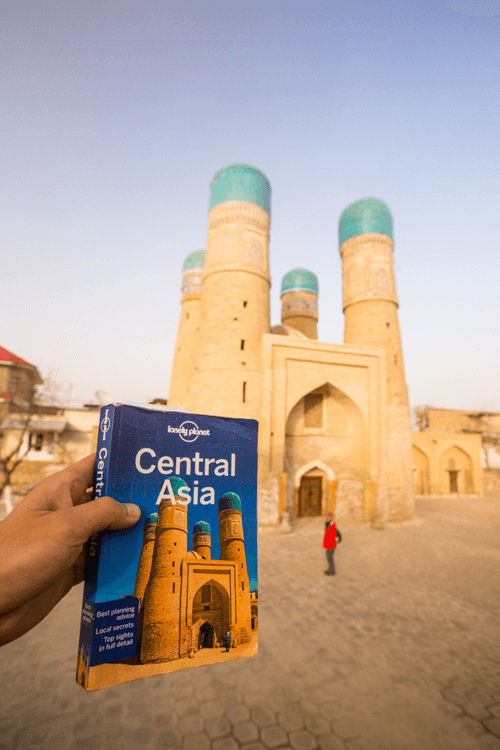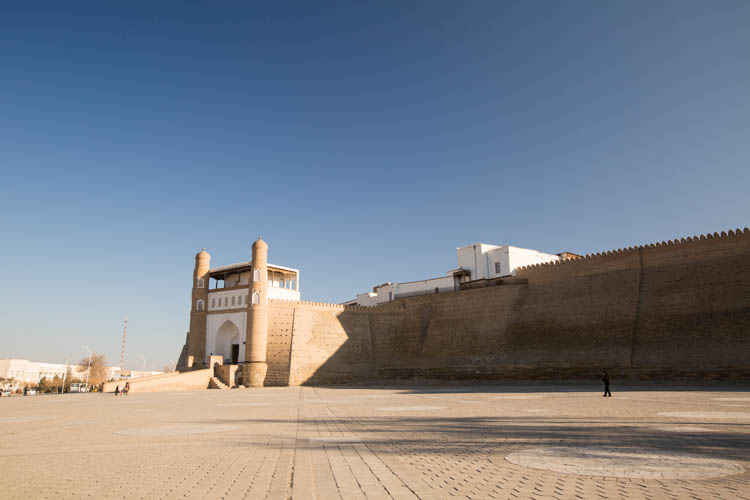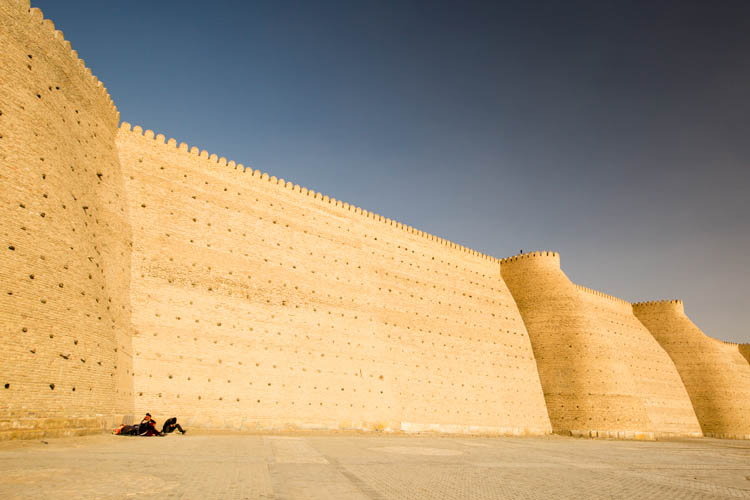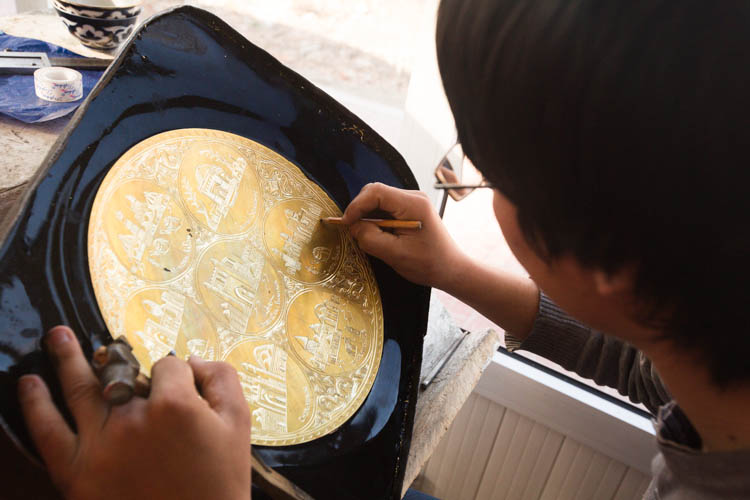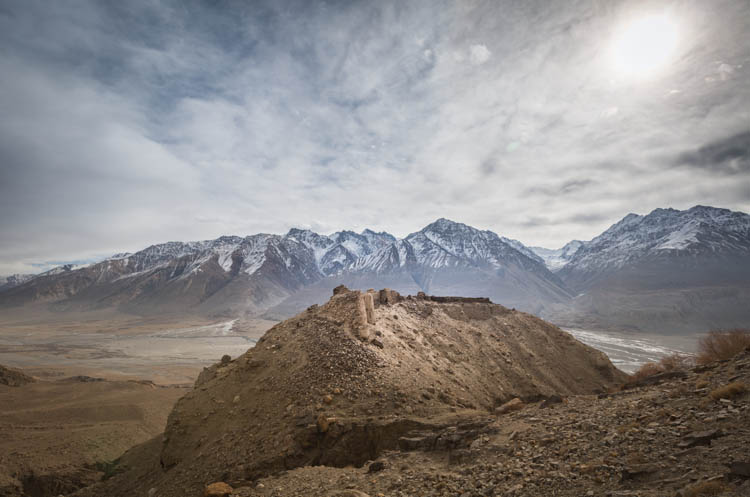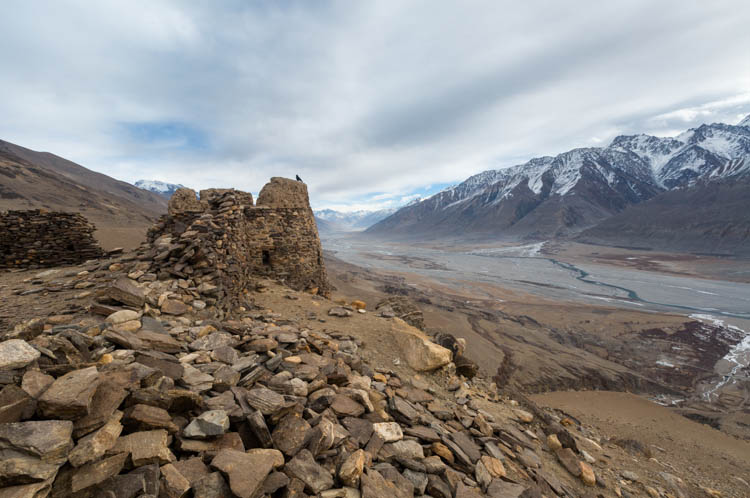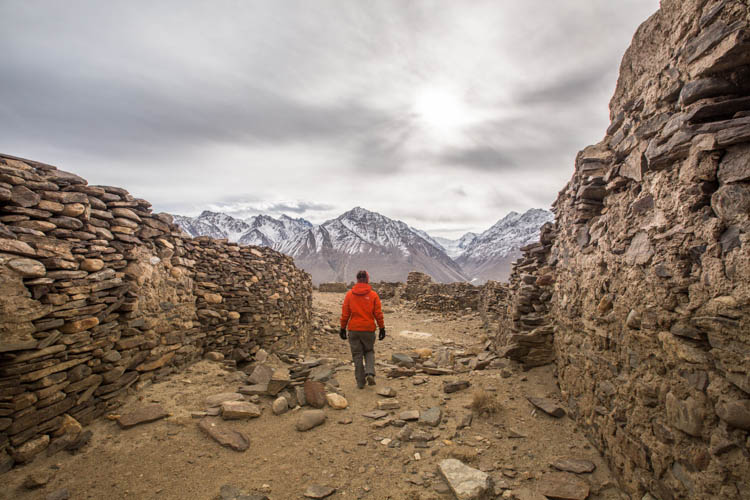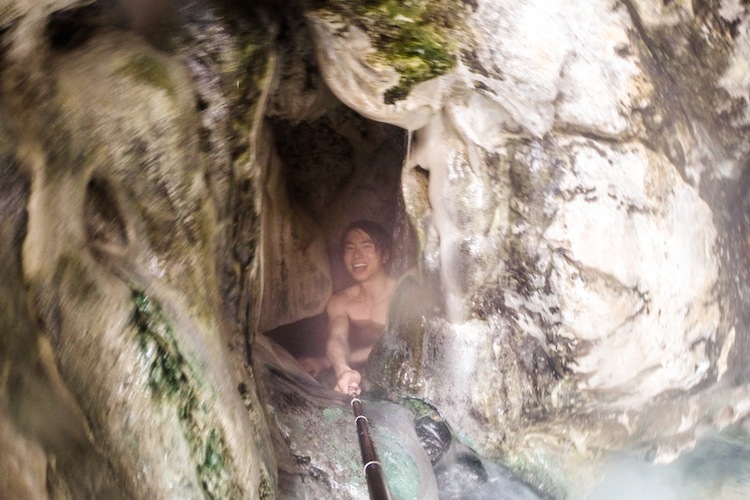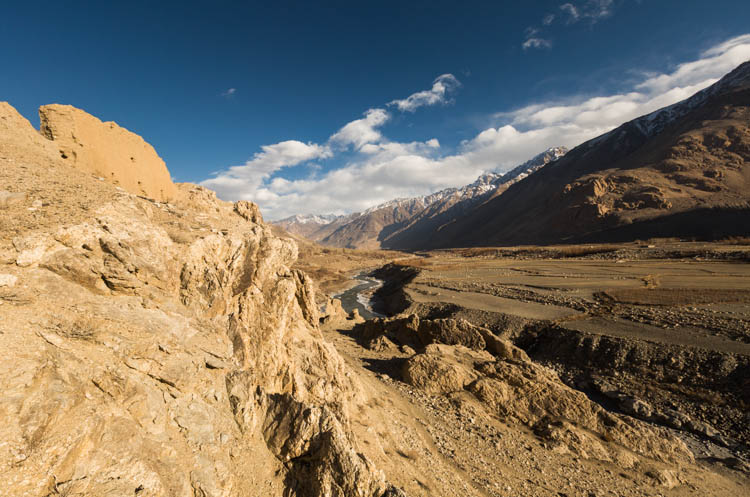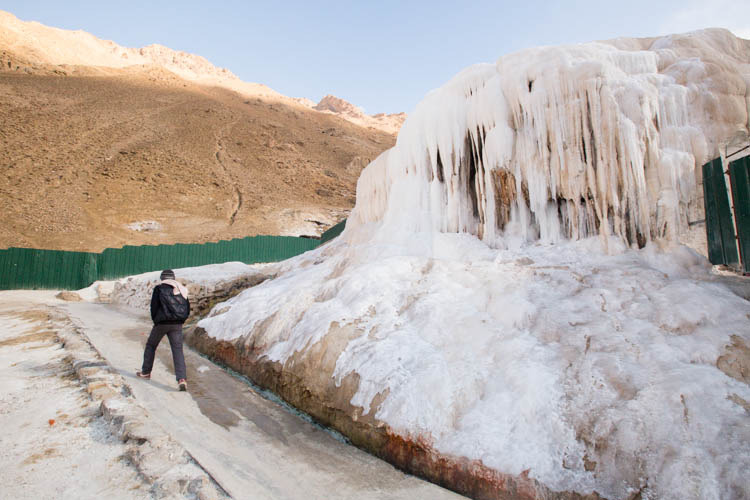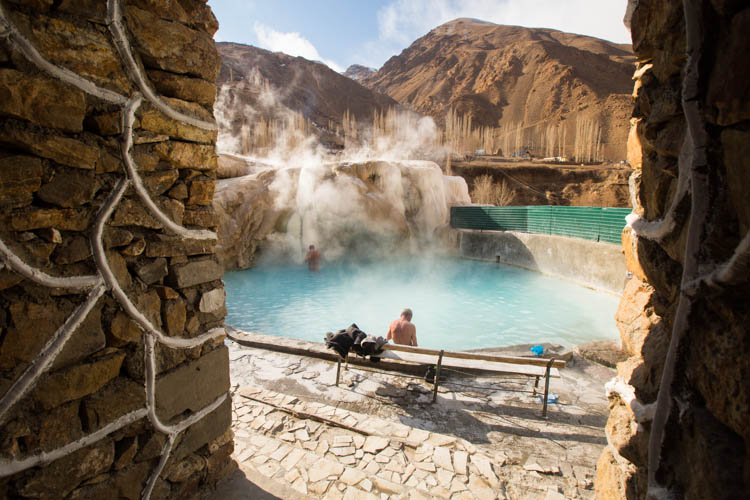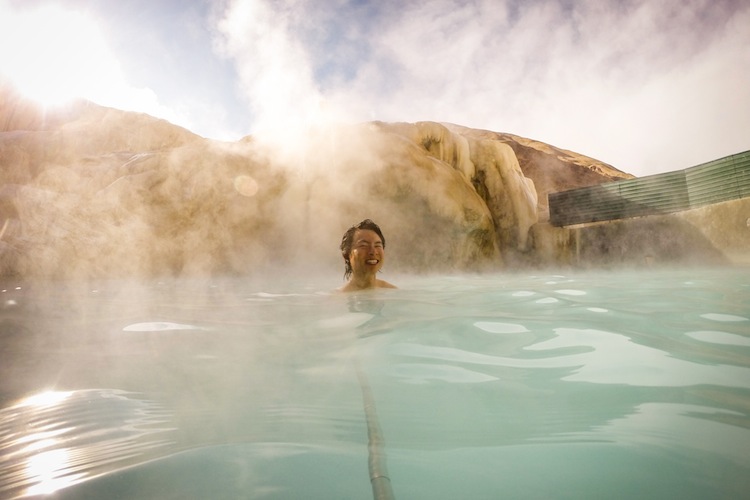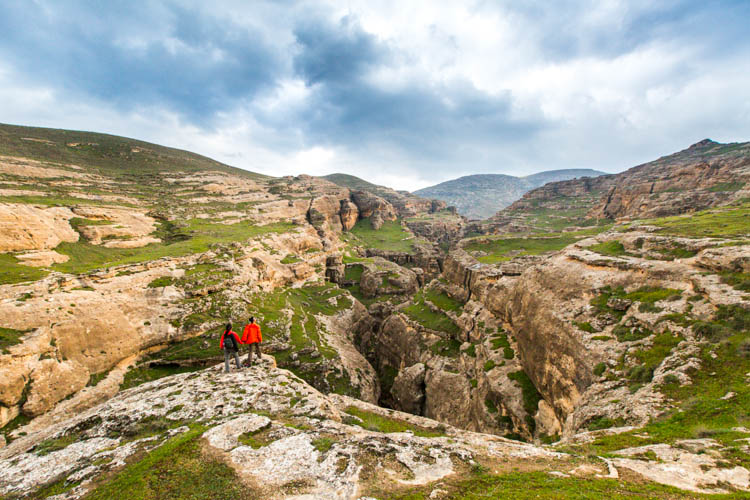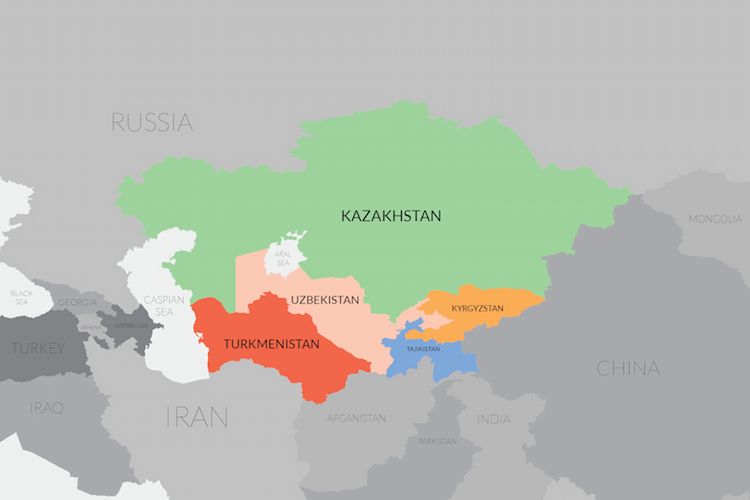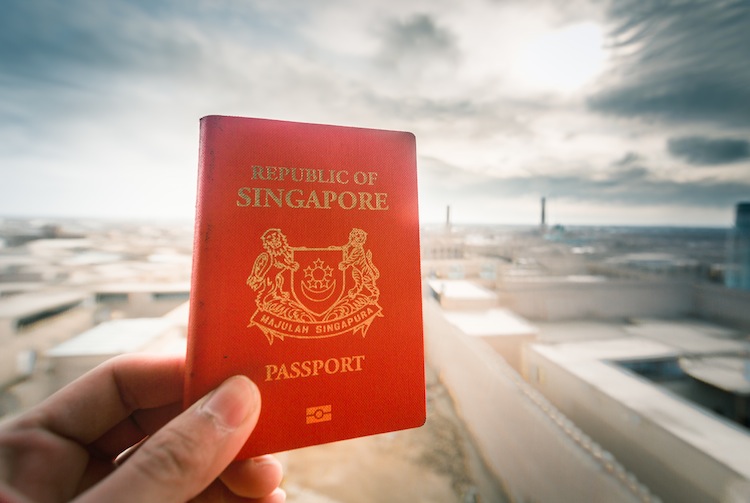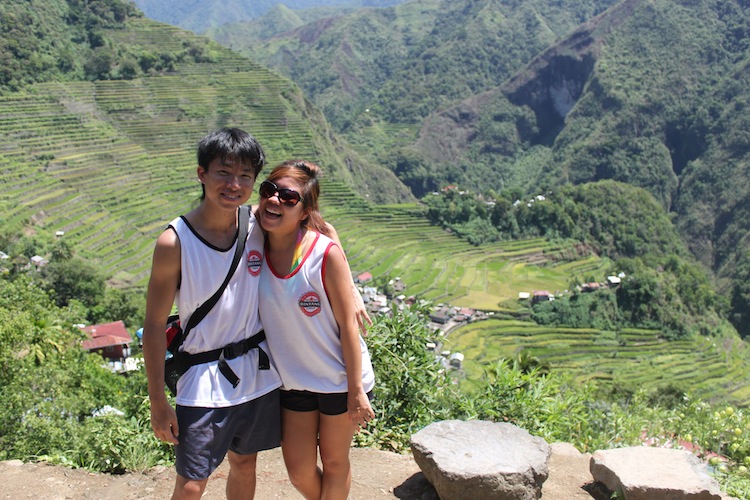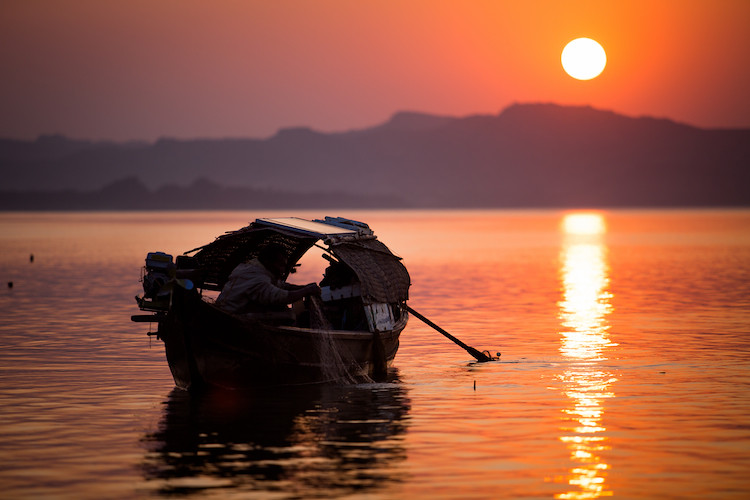
Exploring the Beautiful ‘Pink City’ Yerevan of Armenia
Yerevan is one of the most beautiful “pink city’ that we’ve ever been to, its buildings were all made of naturally coloured volcanic rocks of varying shades of pink, giving its city a vibrant and lively atmosphere! Yerevan is also known for her night life where pubs, cafes and restaurants are open till the wee hours of the morning. As one of the locals told us, Armenians like to party, have fun and be merry! Here are our suggestions of things to do in Yerevan!

Yerevan, the “pink city”.
1. Visit the Mother Armenia monument
This statue is actually a female personification of Armenia, from here, it’ll be like she’s watching over the whole of Yerevan city, making her the guardian of Armenia. This Mother Armenia monument also symbolises peace through strength.
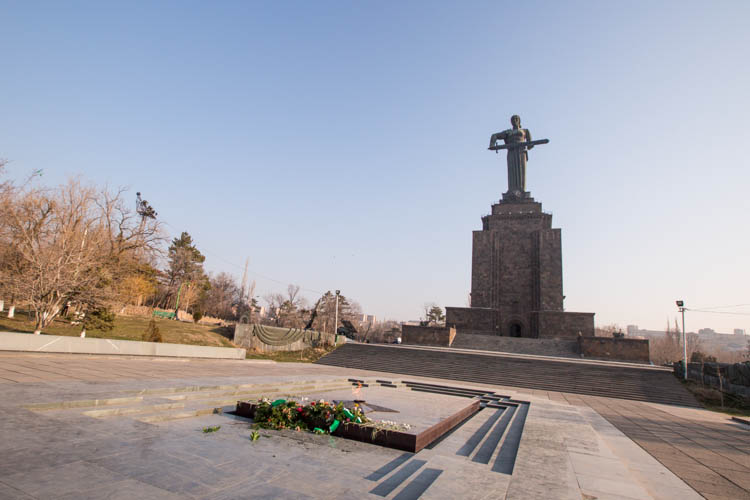
Can you spot the eternal flame?
2. Enjoy a panorama view of Yerevan from the top of the Cascade
The cascade is a 5 storey complex which has a large stairway that brings you right to the top where you can enjoy a breathtaking panorama view of Yerevan. Unfortunately that day when we were there, the weather wasn’t too good and we couldn’t get a clear view of the magnificent Mt. Ararat.
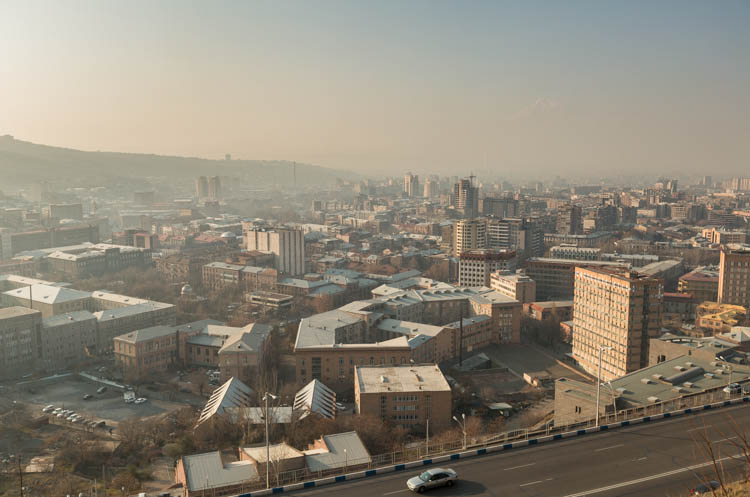
Inside this complex, there’s also an art exhibit which houses some very interesting contemporary art pieces. Our personal favourites are the 2 in the photos below.

Can you guess the material used to make this majestic lion?
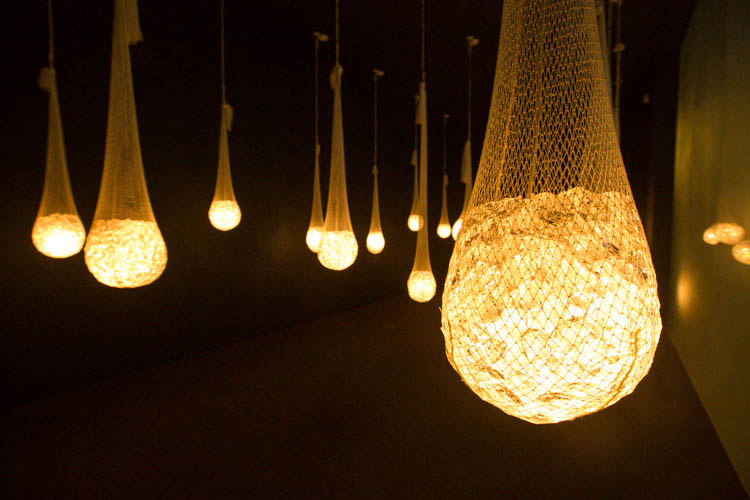
Swarovski Cyrstal Palace at the top floor. So pretty!
3. Visit the local market
We have always enjoyed visiting the local markets in different countries as we feel that this is the best place to get an insight into the locals’ way of living, also it’s a great place to meet the friendly locals! Over here at Yerevan, the locals were so friendly and constantly offered us different food to try! We were so full after exiting the market from tasting all the different unique kind of dried fruits! You see those long strips of dried fruit hanging from the circular metal pole? Those were actually walnuts mixed with dried grape juice! Very delicious! 🙂
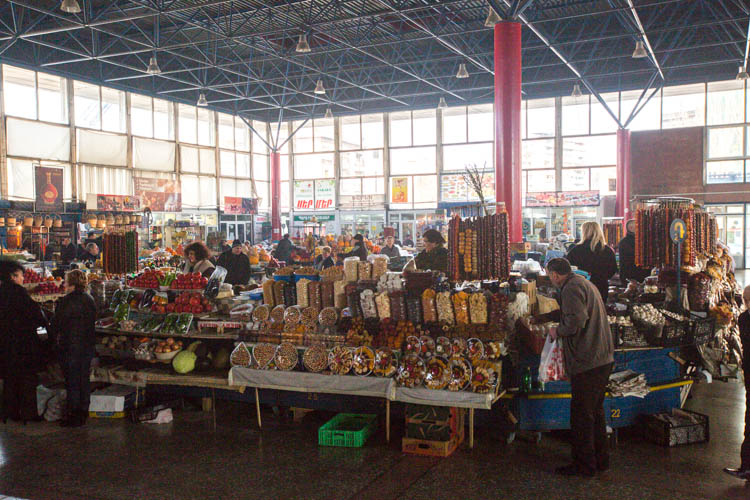
Another very interesting sight to behold, is the outright display of fresh cow’s trotter at the entrance of the market! Our guide shared with us that Khash, is a very popular dish among the Armenians during winter, especially for the men. Khash is a traditional dish of boiled cow’s trotter and it’s a supposedly very nutritious winter food that will keep you very warm in winter. It’s also often accompanied with vodka and our guide said that once you have Khash, the rest of the day will be gone as you will be too sleepy and lethargic after this very heavy dish!
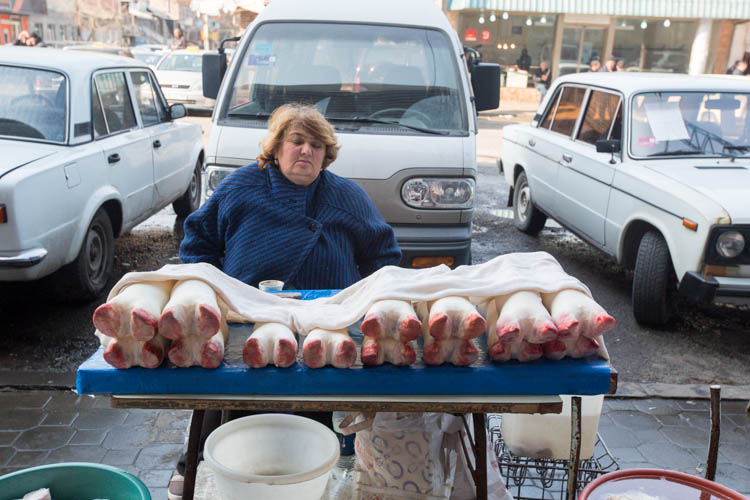
4. Learn more about Armenia’s history in the Matenadaran
The Matenadarn is a national museum built in 1945 houses more than 20,000 manuscripts depicting the history of Christianity in Armenia, ancient medicinal herbs and plants, literature and so much more. Since Armenia is such an old country, these manuscripts were extremely important in understanding the history of Armenia and its well preserved culture. We went on a guided tour where we had very interesting information about the different manuscripts and its origins.
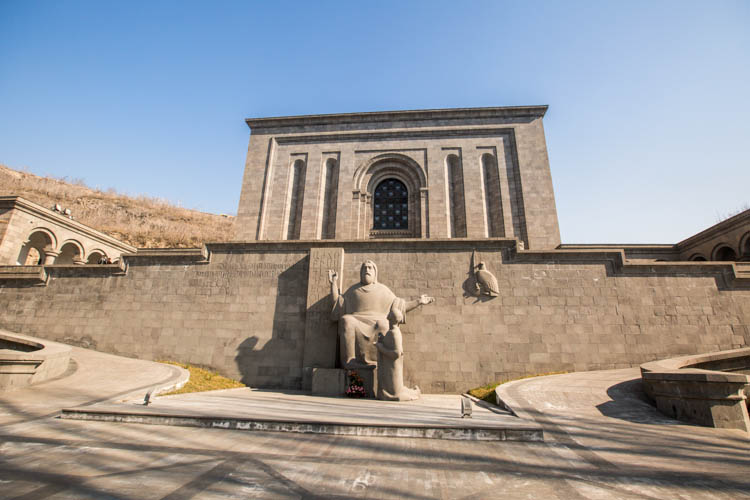
5. Understand more about Brandy and partake in a Brandy tasting session
Though we weren’t big fans of brandy, in fact, we don’t think we’ve ever tried it before, this was still a very interesting experience for us as we learnt so much about Brandy. Brandy is actually made from wine that has been kept in an oak barrel for a minimum of 3 years to form spirit, which was then blended together with different ages of spirit to form Brandy. So it’s wine, then spirit and then Brandy. There are 3 ways to tell the quality of Brandy, 1. viscosity – the thicker the better, 2. colour – the darker the better, 3. taste – the stronger the taste, the better. Daniel says that the 10 years old brandy had a chocolate aftertaste, which was affirmed by the Brandy master that was guiding the session. For me, I can’t taste that “chocolateness” though. Overall, we had a very fun and insightful time at the Yerevan Brandy Company! If you’re a foodie, wine or brandy person, you might be interested in the food & wine tour offered by BeMyGuest.
Fun fact: The difference between Brandy and wine is that once Brandy has been bottled, its value remains as the number of years that it has previously been stored in the oak barrel. While wine on the other hand can be bottled and its value will continue to increase with age.
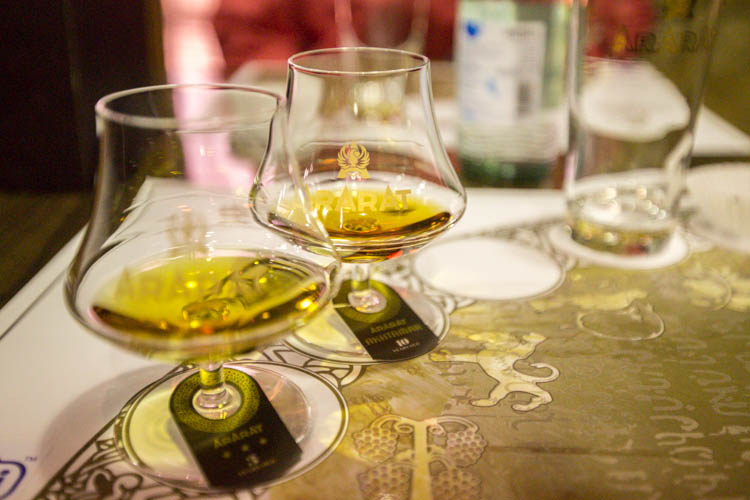
No prize for guessing which we preferred!
6. Get your hand made souvenirs at the Vernissage art market
This was one of our favourite places in Yerevan, there were so many different handicrafts and it was so fun to walk through this market. Some were selling beautiful painting of the different famous landmarks of Armenia (especially of the Khor Virap monastery that was set against the majestic Mt. Ararat backdrop), bags made from carpets, wooden sculptures (Armenia is well know for being very talented at wood carving) and many more!

7. Admire the talented works of famous oscar winning film director, Parajanov
“The colour of Pomegranates” was one of his best works, but we have yet to watch it. We didn’t take any photos inside the museum though as we had to pay an additional fee for it. It was very enjoyable admiring his quirky art works as some were really out of this world. He was arrested and put in jail because his movies were too ‘out of the box’ and the government at that time was most afraid of such minds which could easily influence the rest of the population. But nothing could stop this talented artist, even when he was not allowed to make film when he was in jail, he continued to make collages which were like a compressed film to him and each collage told a different story. You will be able to see his collages in the museum.
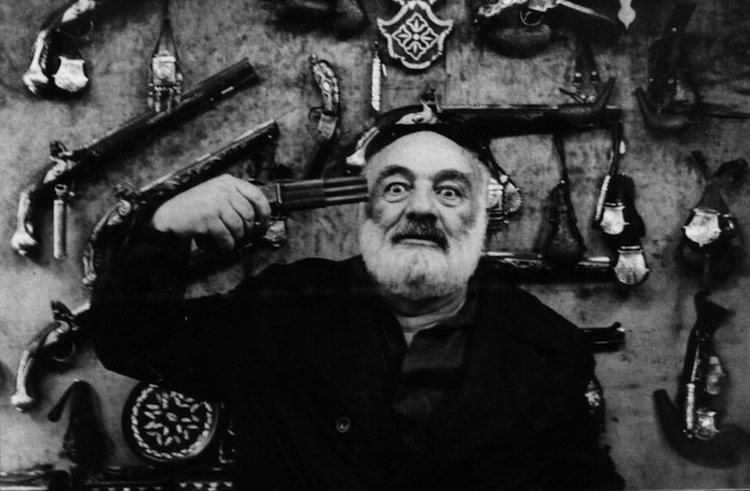
Photo credits: https://blansh.wordpress.com/2010/05/29/parajanov/
8. Pay your respects at the Genocide Memorial
Unfortunately the Genocide museum was closed for a year for thorough restoration and will only be opened 2 days before its 100th anniversary which will be on the 24th April 2015. The genocide happened during and after first world war where more than 1.5million Armenians were brutally killed without any mercy by her enemy. The genocide happened in 3 phases, the first was when all the men were being called out to join the army and then killed (so that the rest of the population will not have any males to protect them), then next was the killing of all women, elderly and children, and the last was the intellectuals.
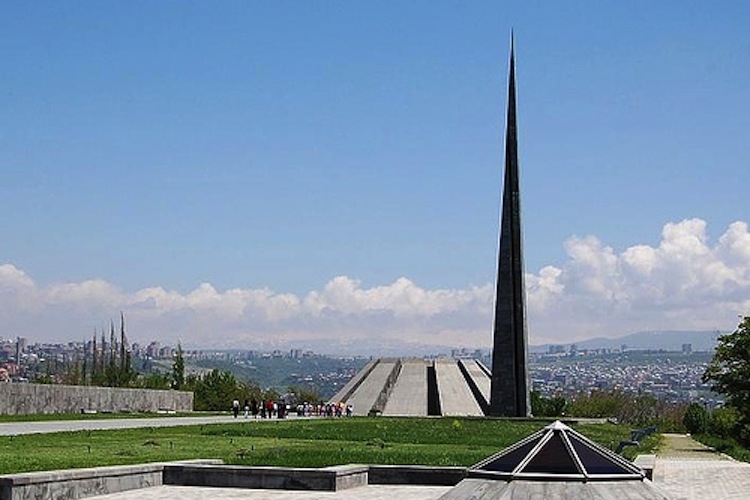
Photo credits: https://www.flickr.com/photos/nersess/2137880081/ (genocide)
9. Be a child once again at the Grand Candy Store
As soon as we entered the Grand Candy Store, we were greeted with a burst of bright colours, delightful squeals from the excited children and also the buzz from a very cute train that was going round and round the store on a lit up railway track! It was almost like ‘heaven” for children! Of course, we were equally elated too! We proceeded to the second floor where we had a sugar coated donut and a cuppa hot choc just like the rest of the locals. It was one of the best that we’ve ever tasted! It’s a must try if you’re ever visiting Yerevan! And also, don’t forget to pick up some yummy chocs or candies on the first floor! We bought some dark chocolates and coffee chocolates, they were reallllly good!
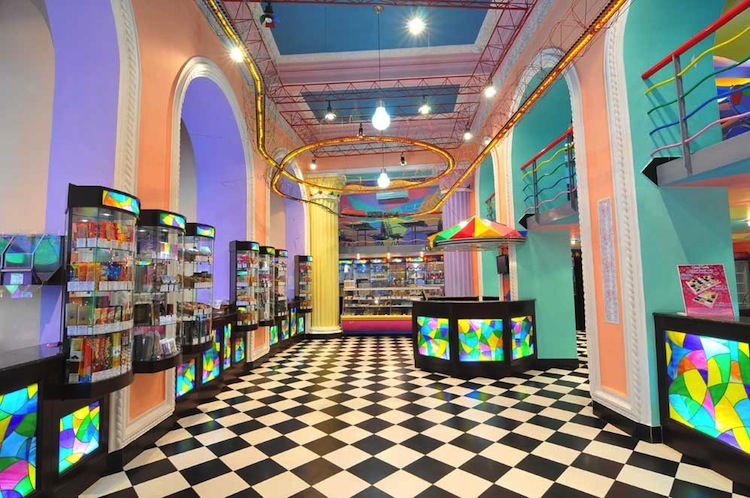
Photo credits: http://www.grandcandy.am/
10. Visit the largest Armenian church in the world, the St Grigor Lusavorich
The St Grigor Lusavorich cathedral is also the symbol of the 1700th anniversary of the proclamation of Christianity as a state religion in Armenia as well as a tribute to St Gregory, the illuminator, who was responsible for introducing Christianity to Armenia. This church is one of the newest church in Armenia and was built only around 6-7 years ago if we don’t remember wrongly. This church is particularly beautiful at night after being illuminated by the floodlights.
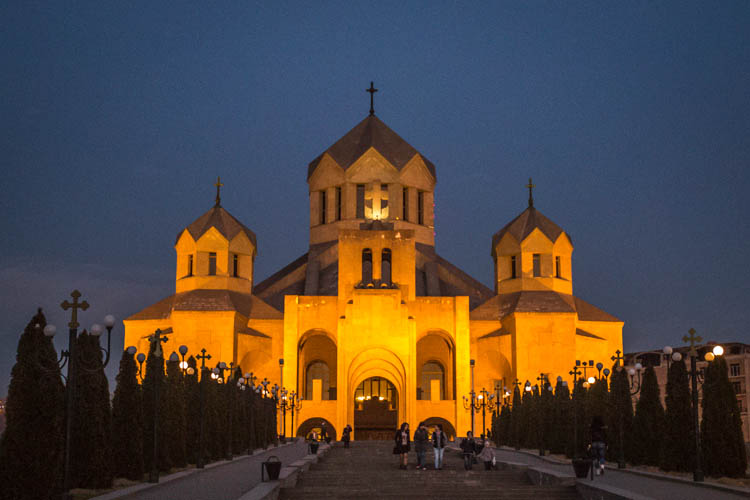
Essential Information
Most of the activities above were part of our tour with BeMyGuest where we had 1-2 days to explore Yerevan. If you wish to know how we spent the rest of our time in Armenia, check out our post on things to do in Armenia.




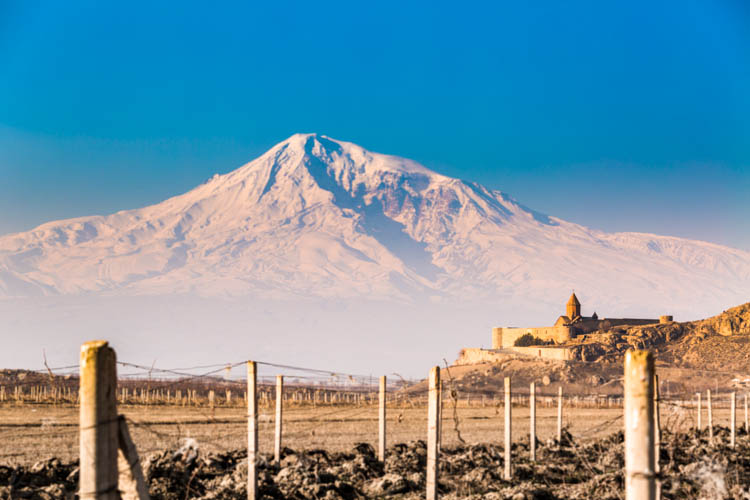
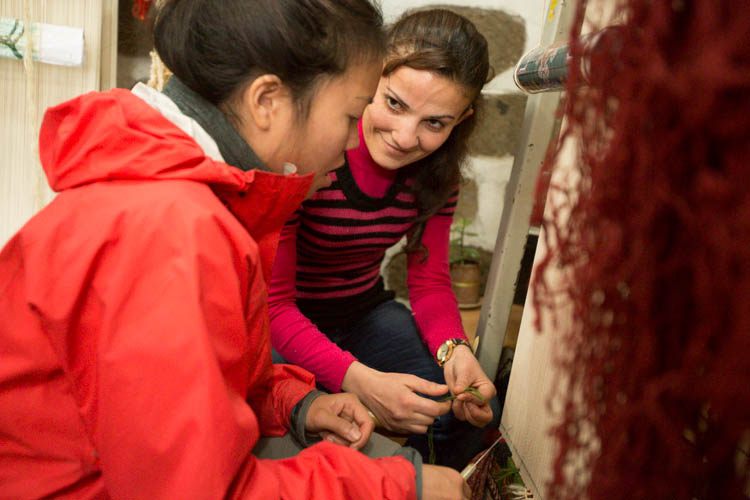
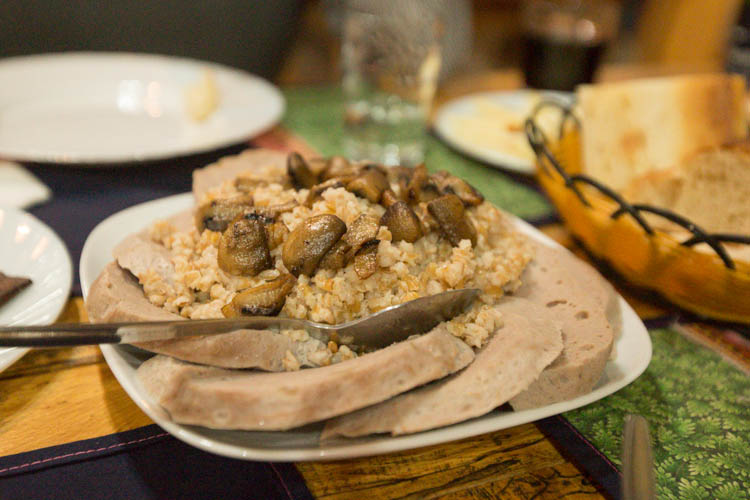
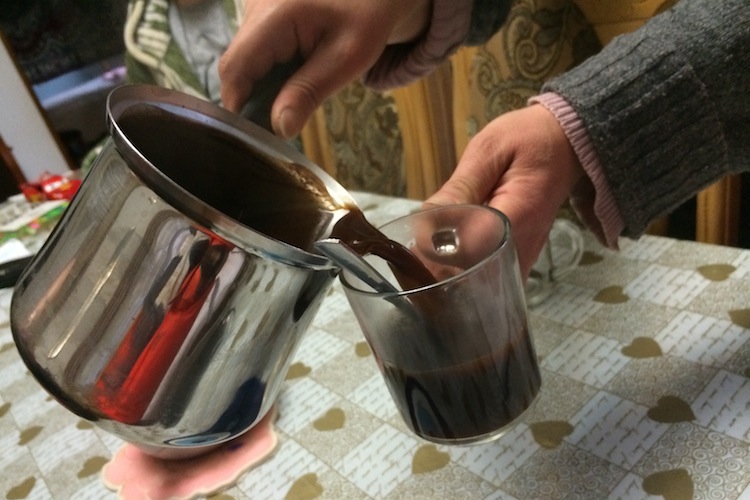
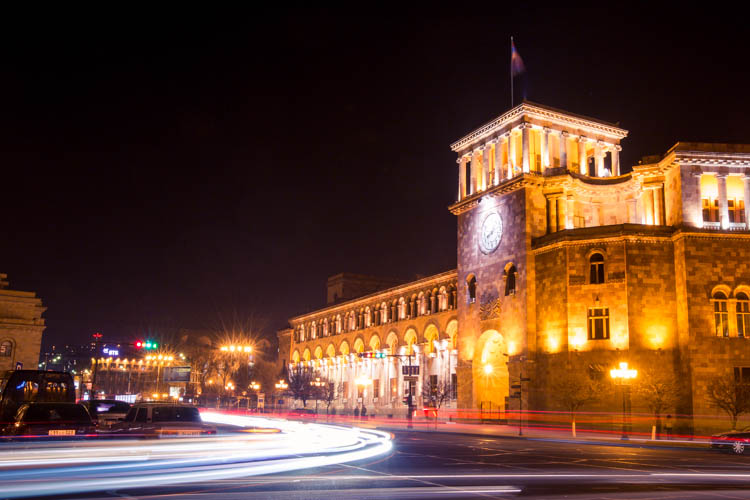
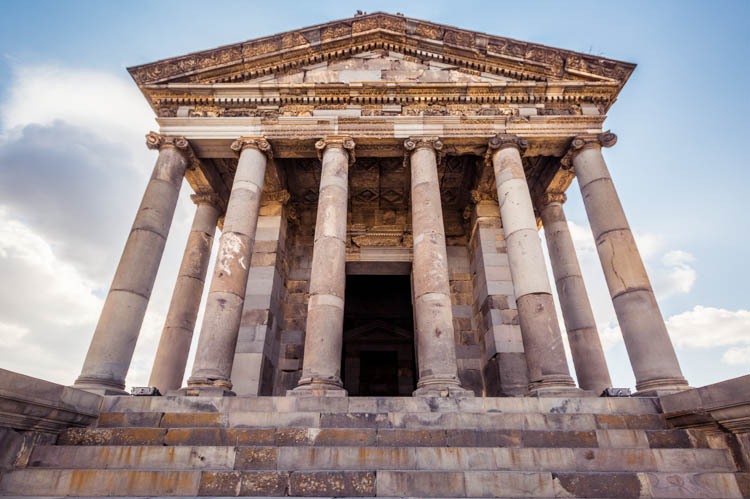
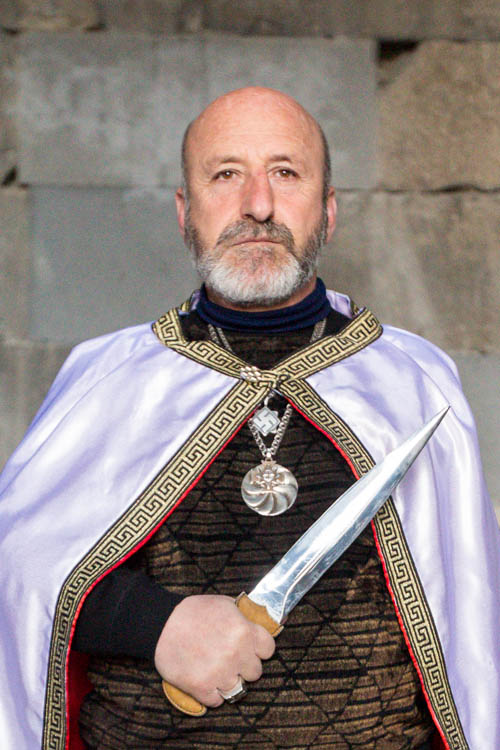
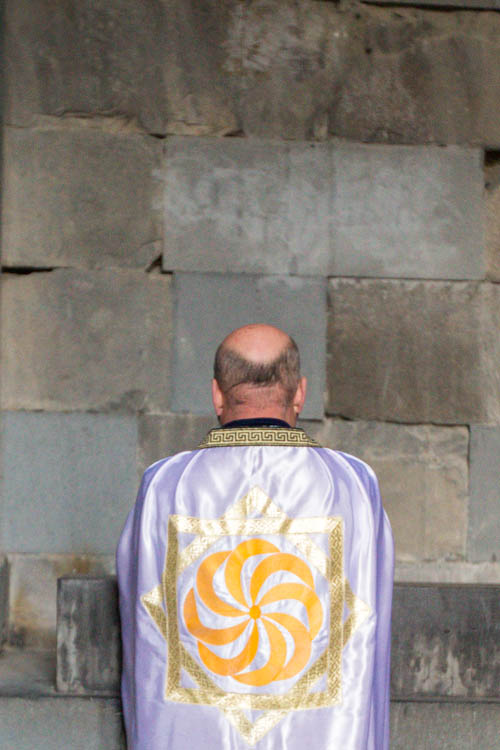
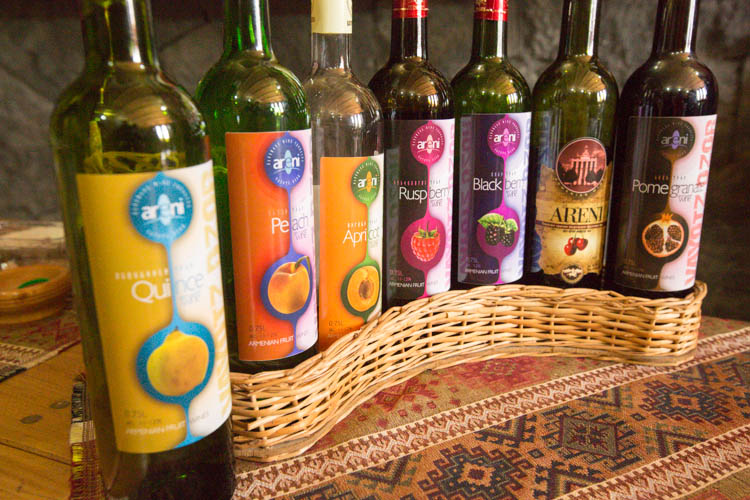
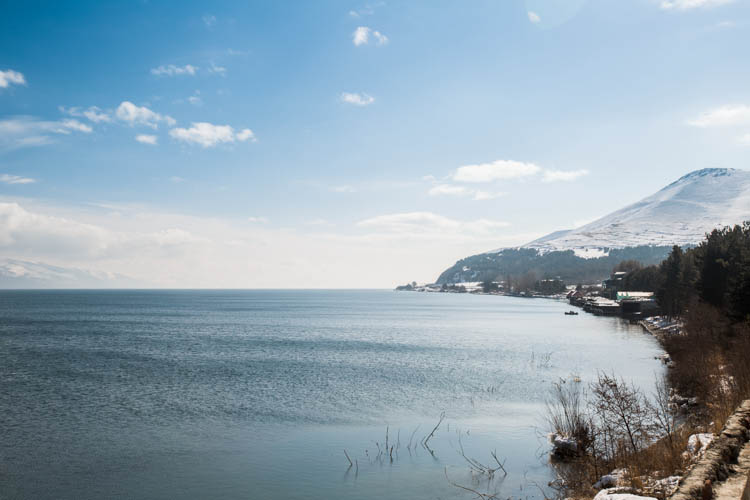
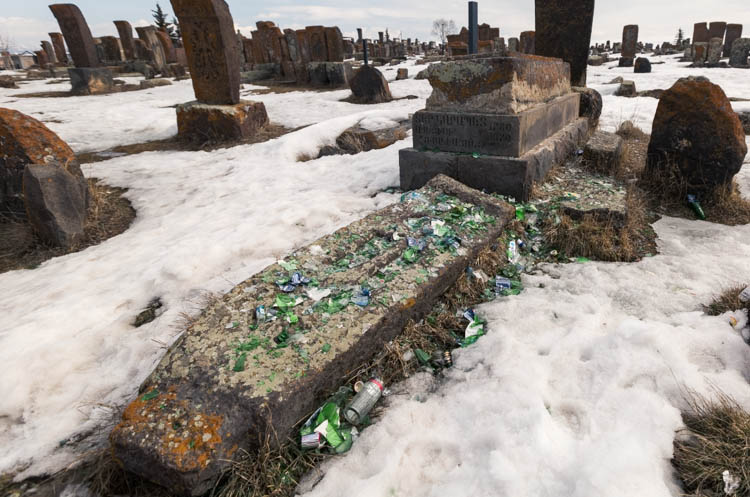
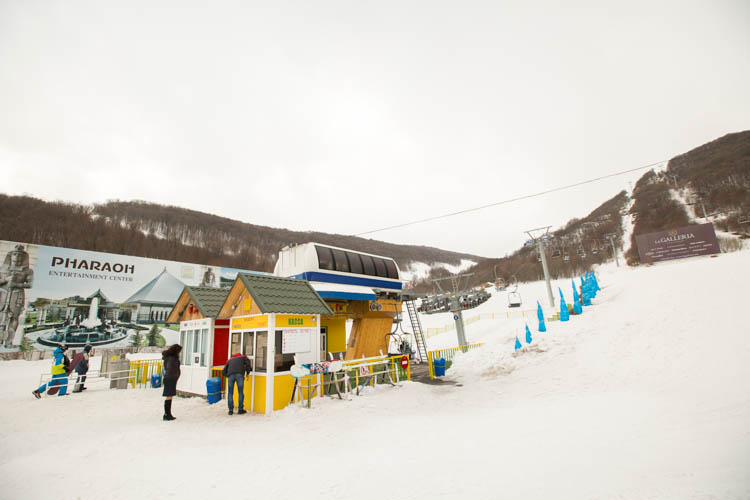

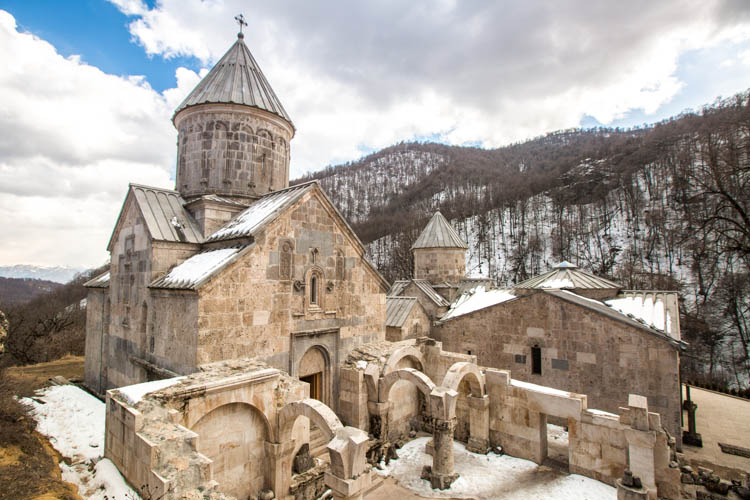

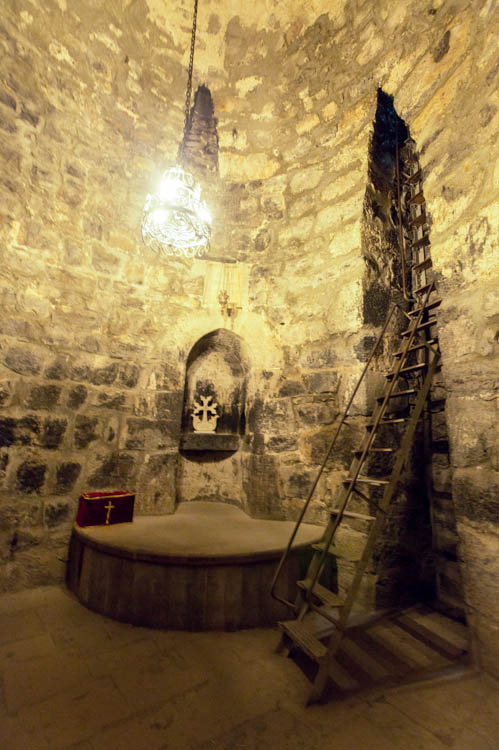
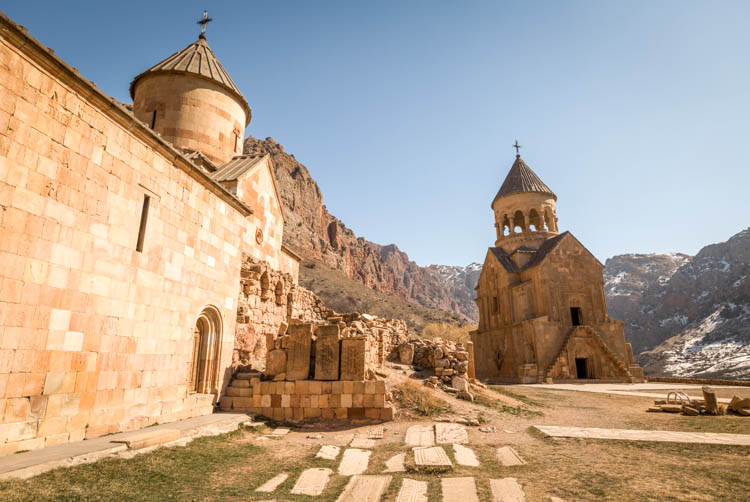
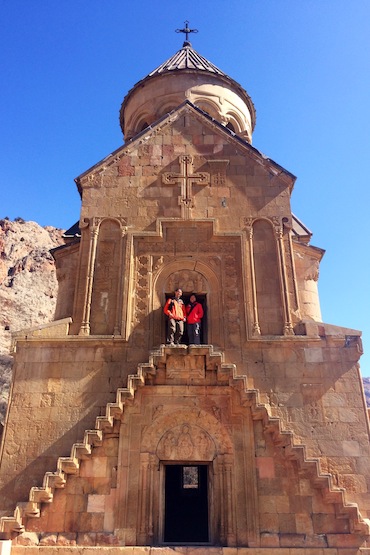


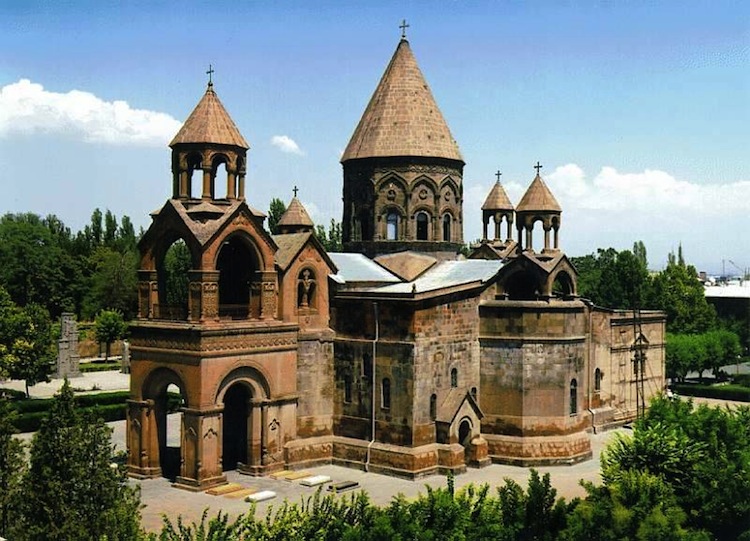

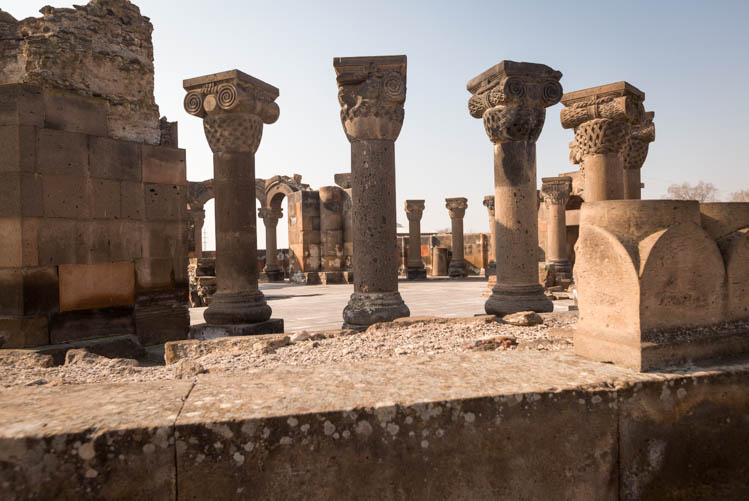


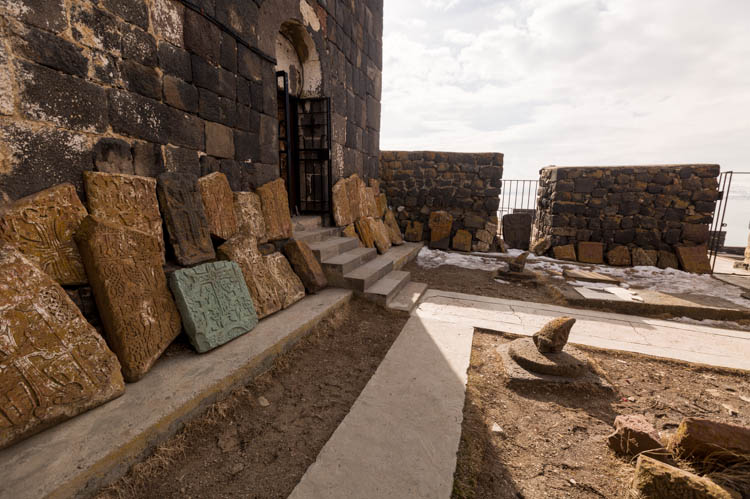
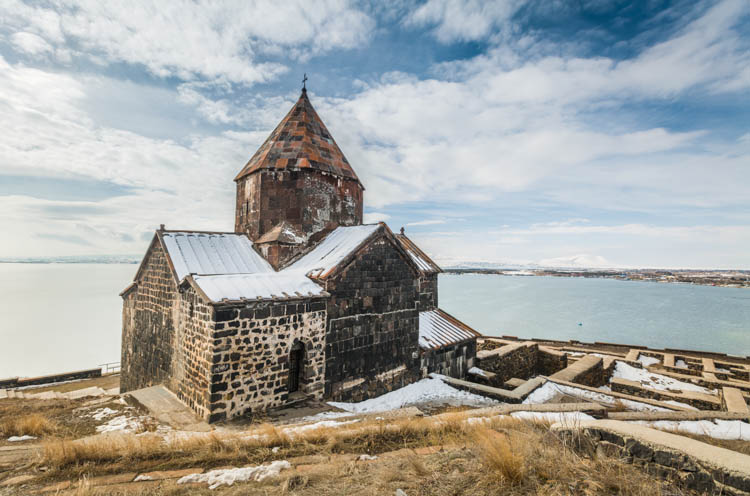


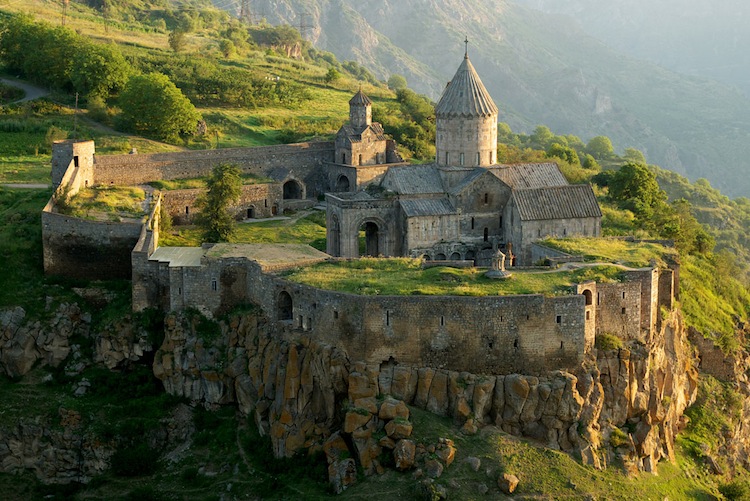
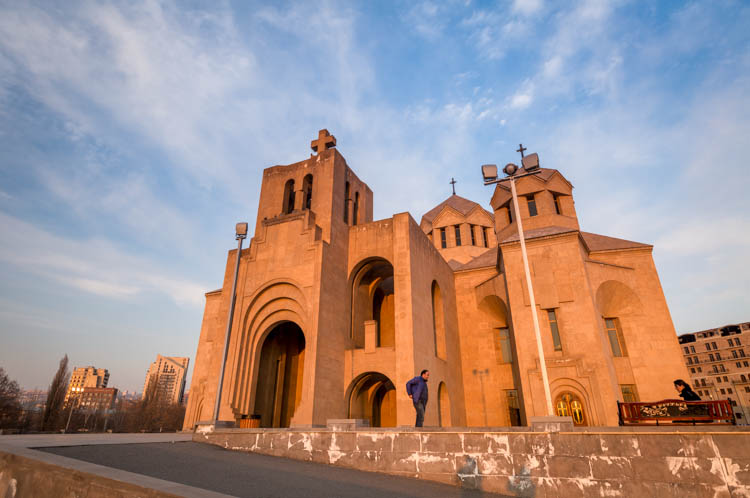
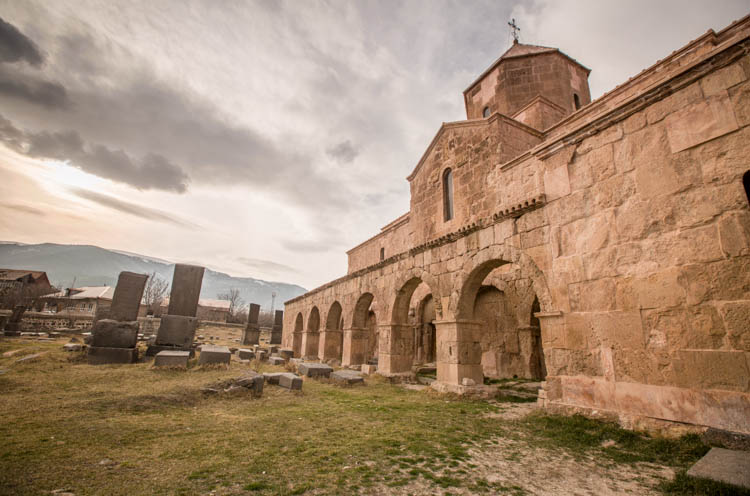
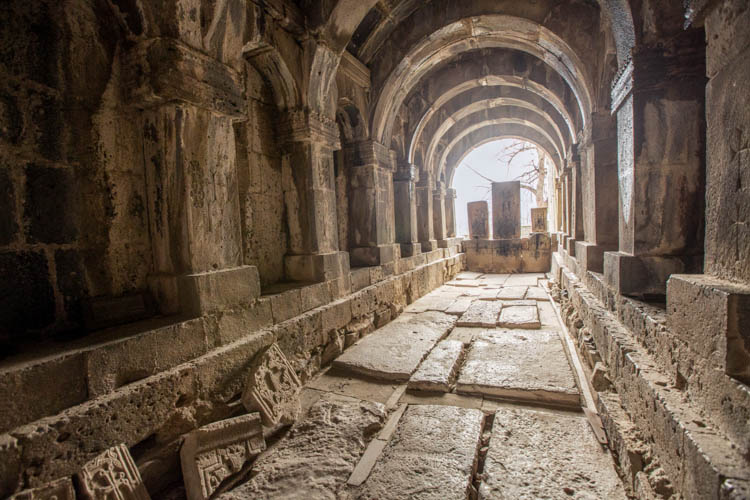
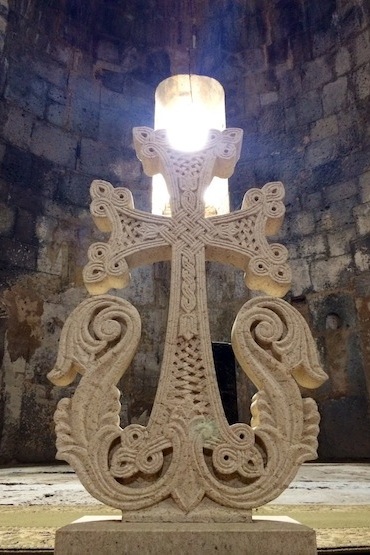
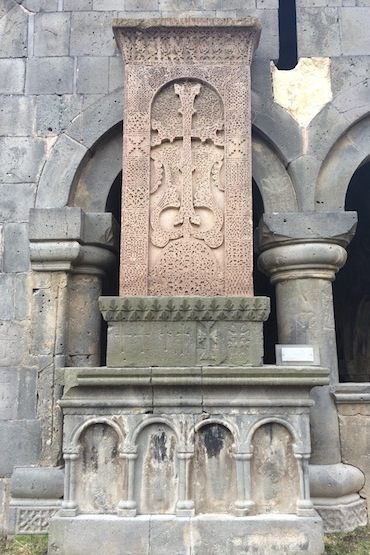
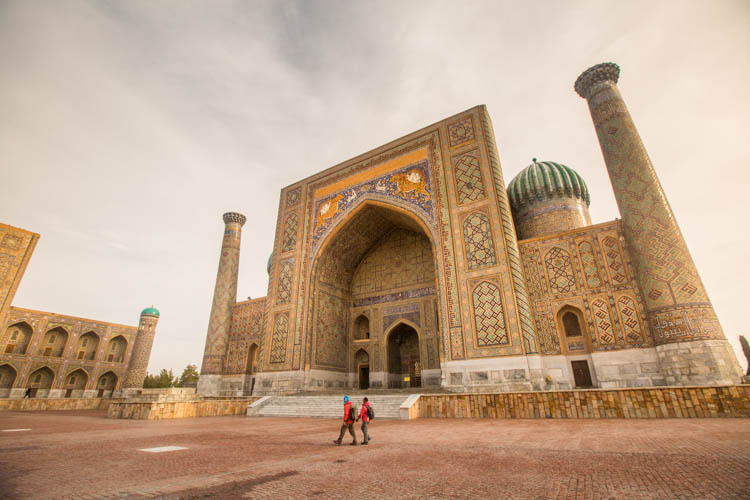
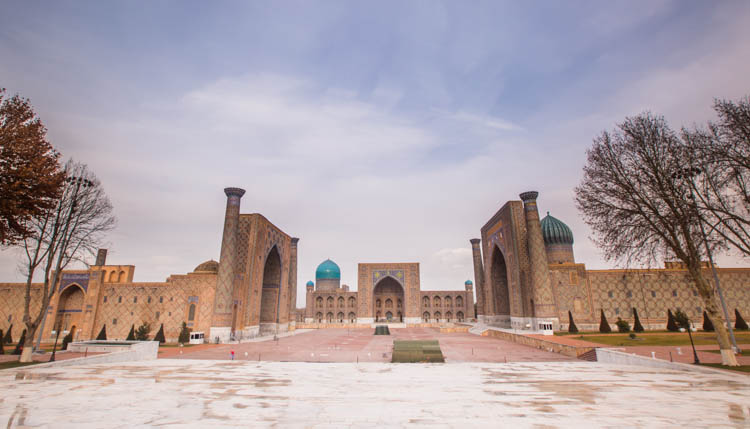
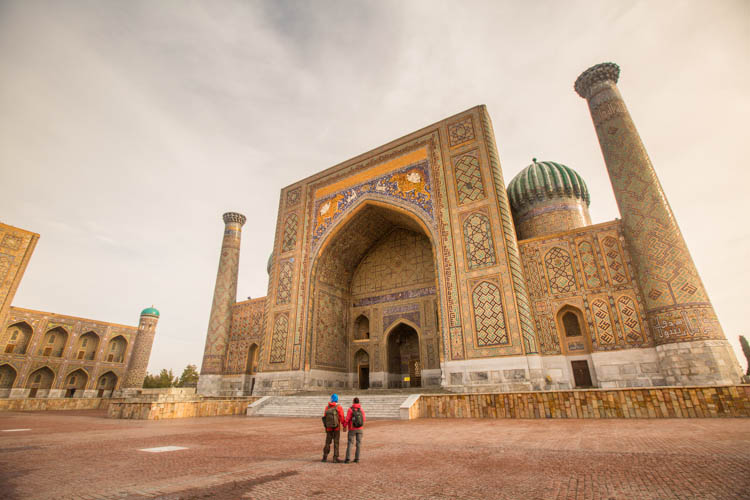
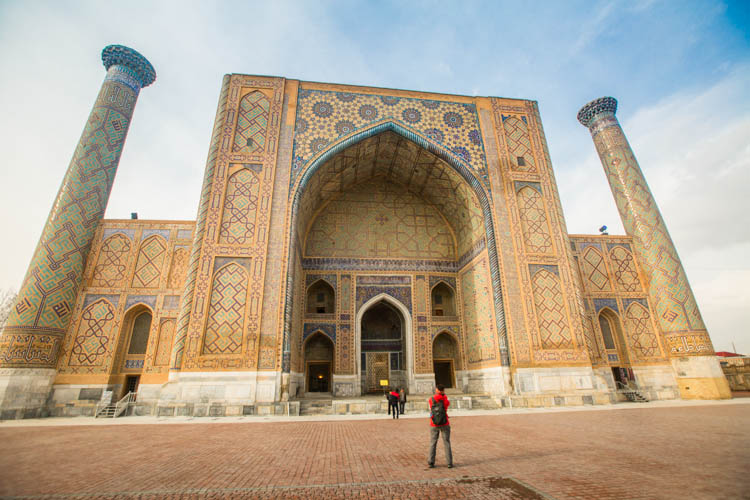
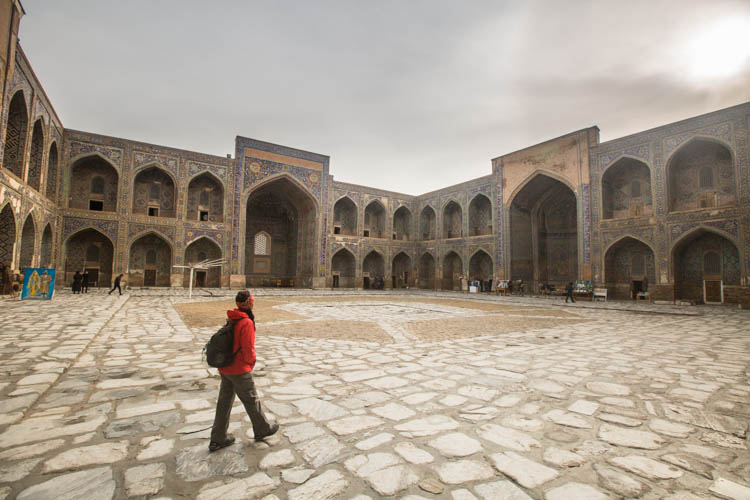
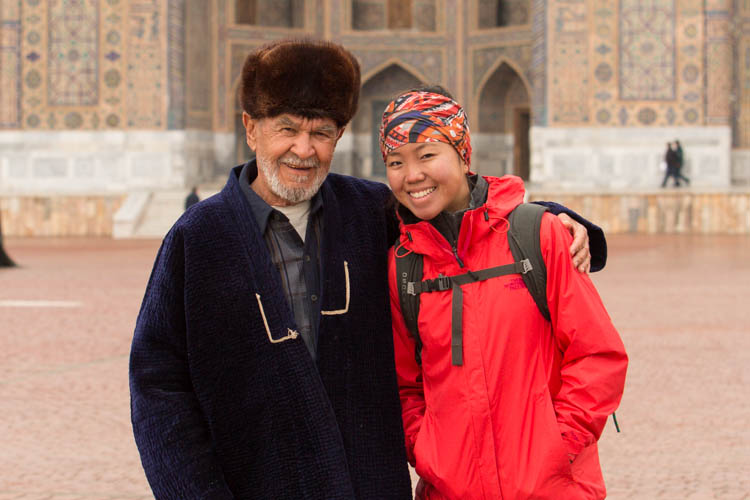
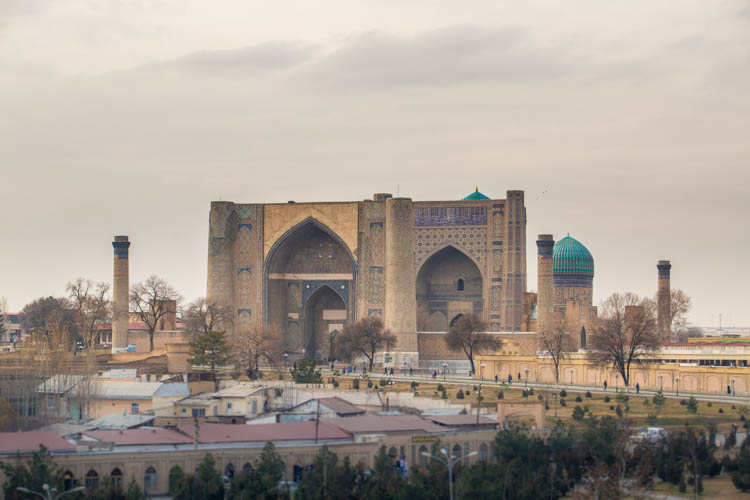

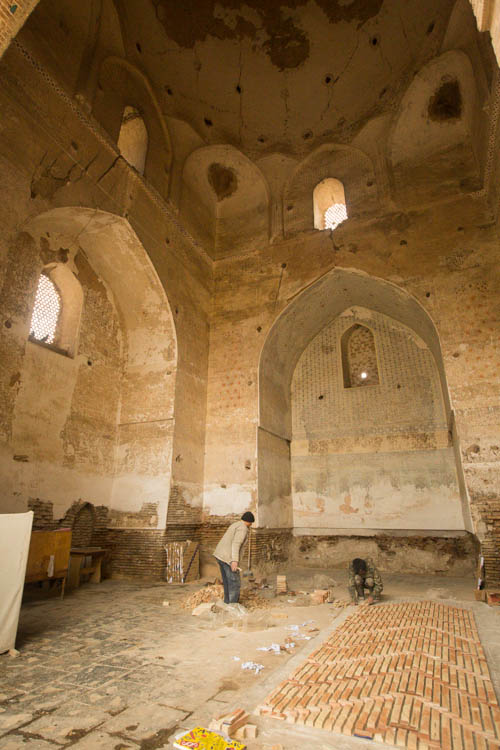
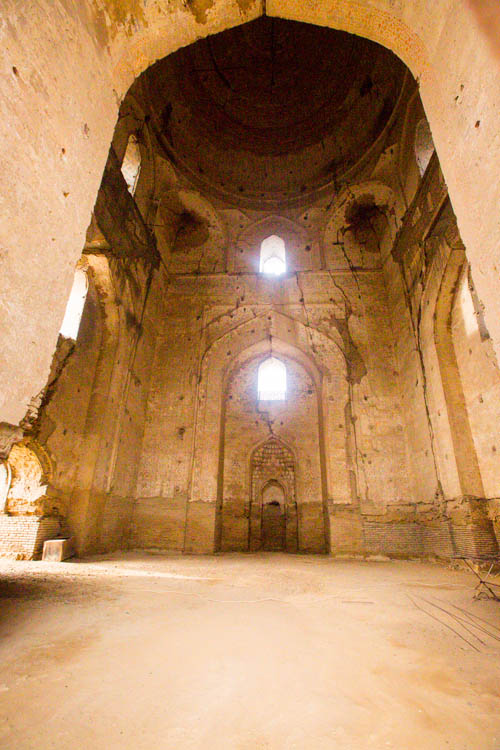
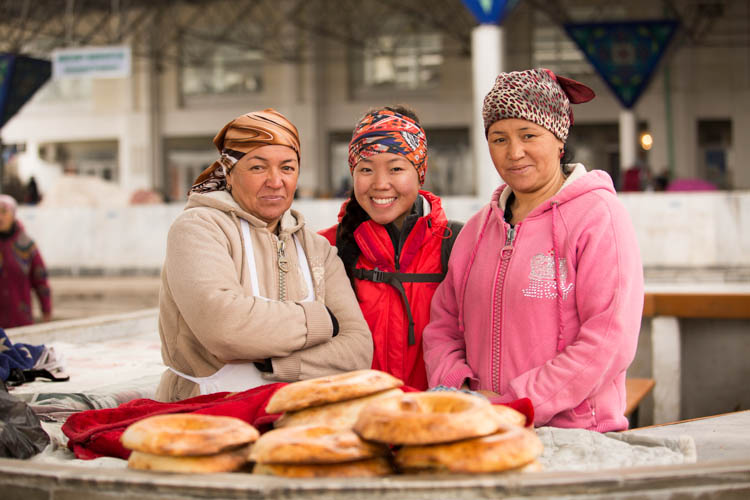

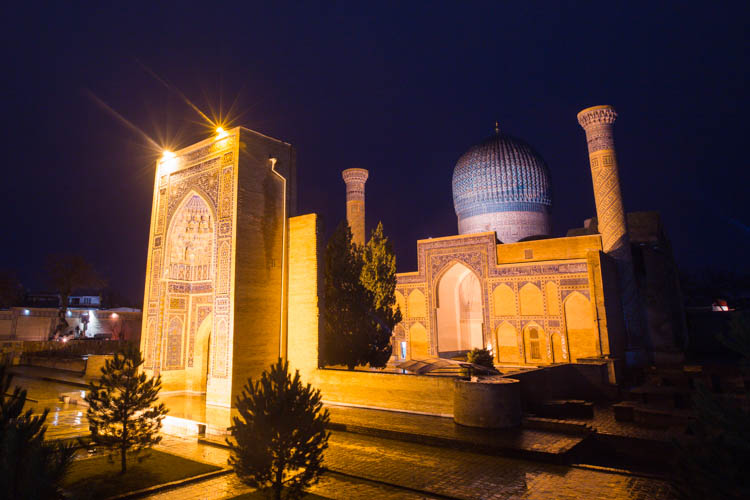

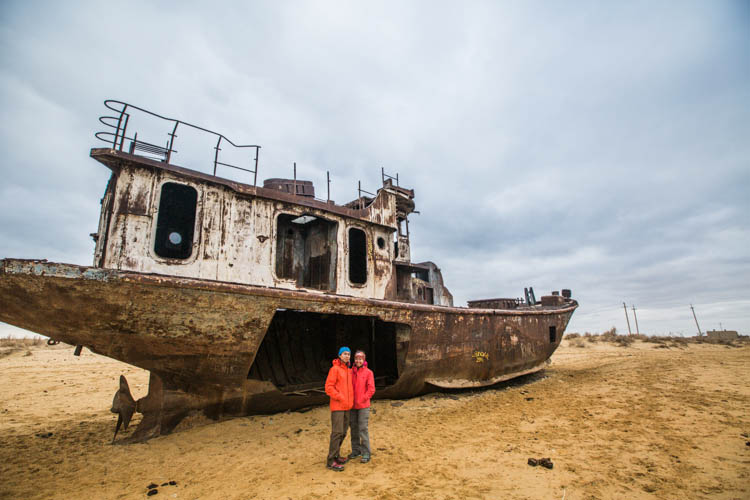
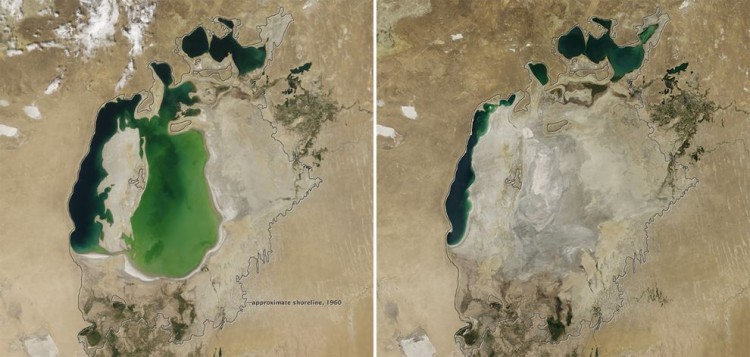
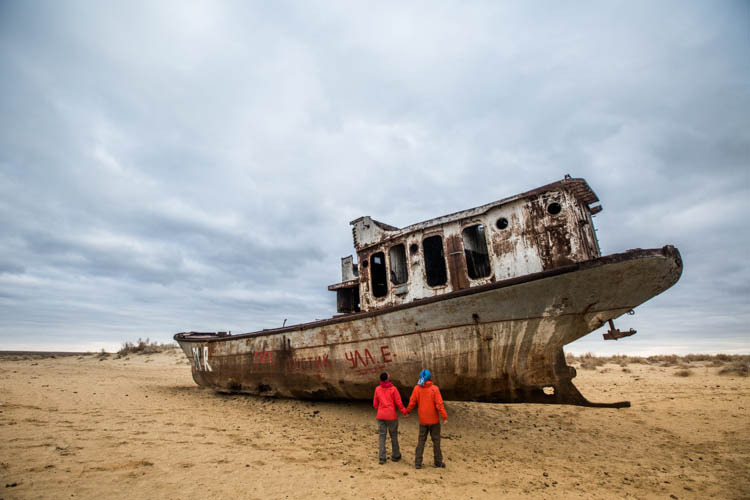

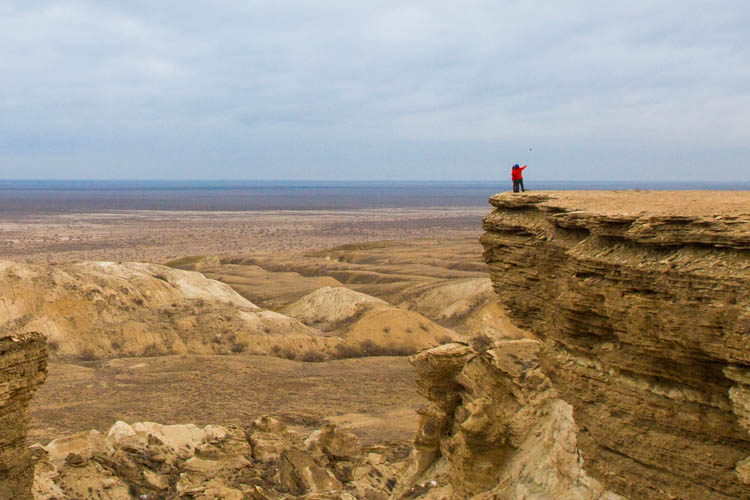
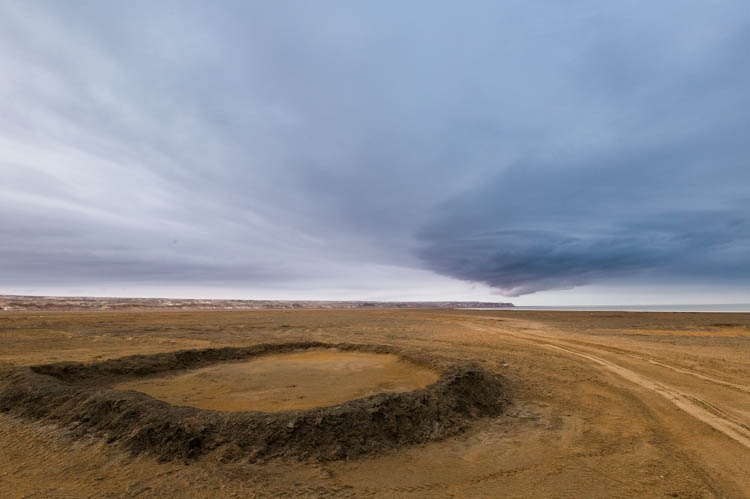

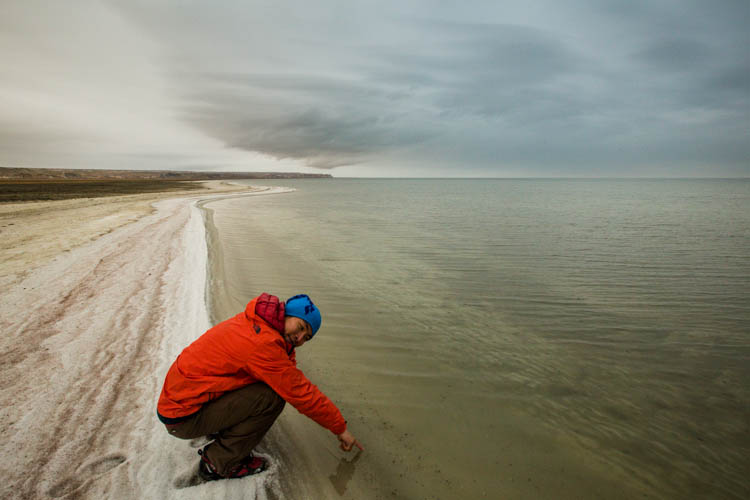
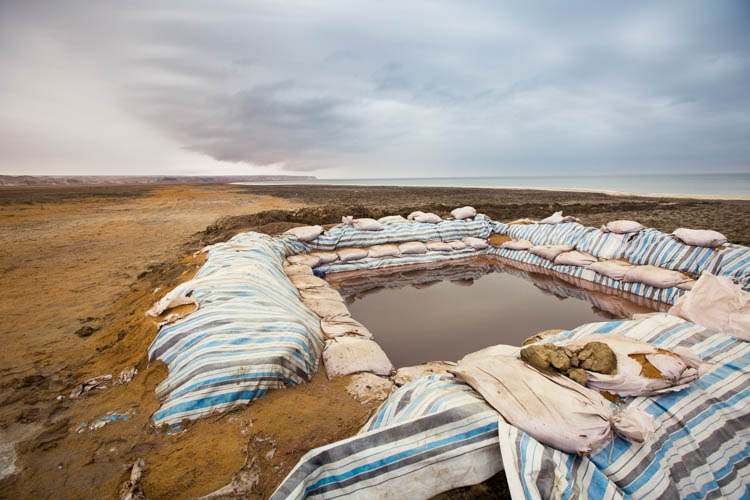
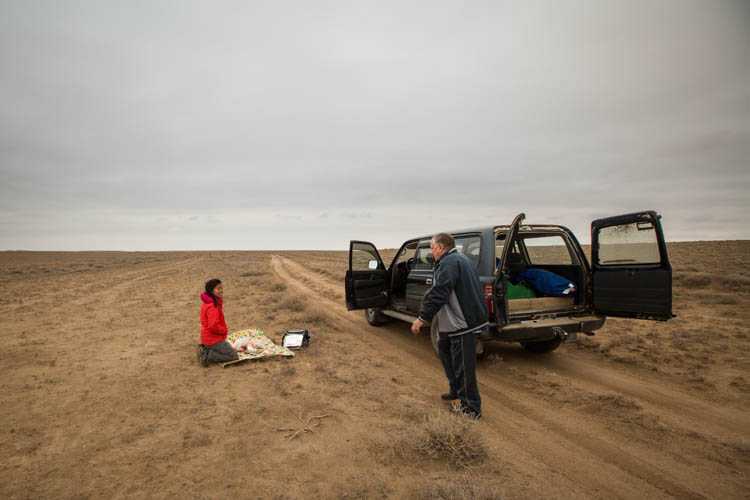
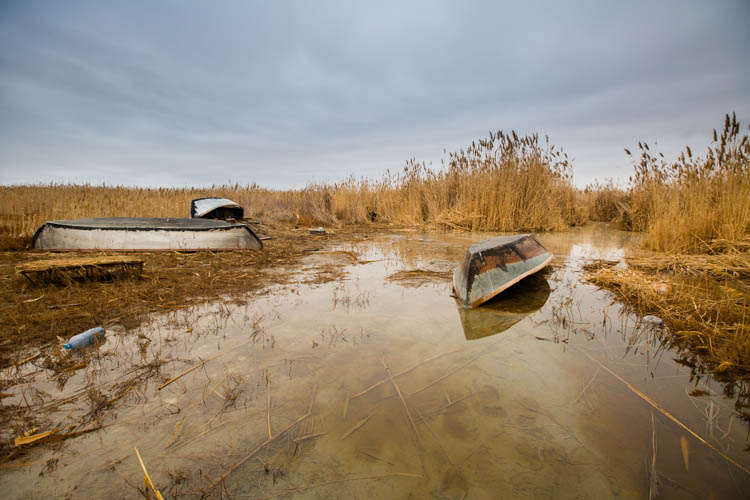
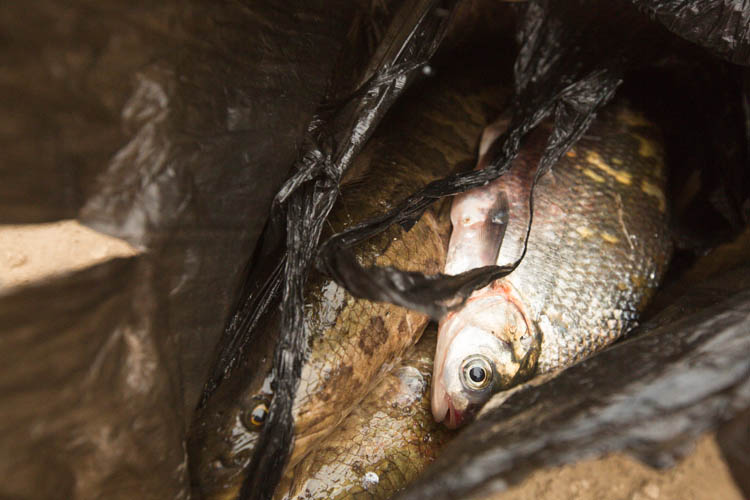
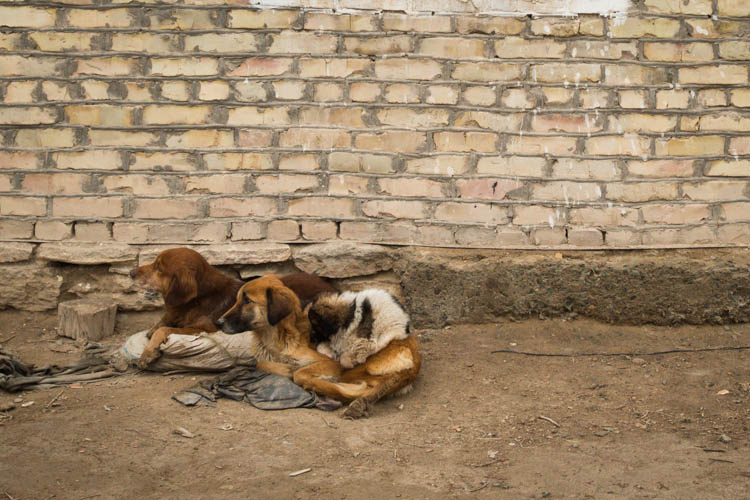
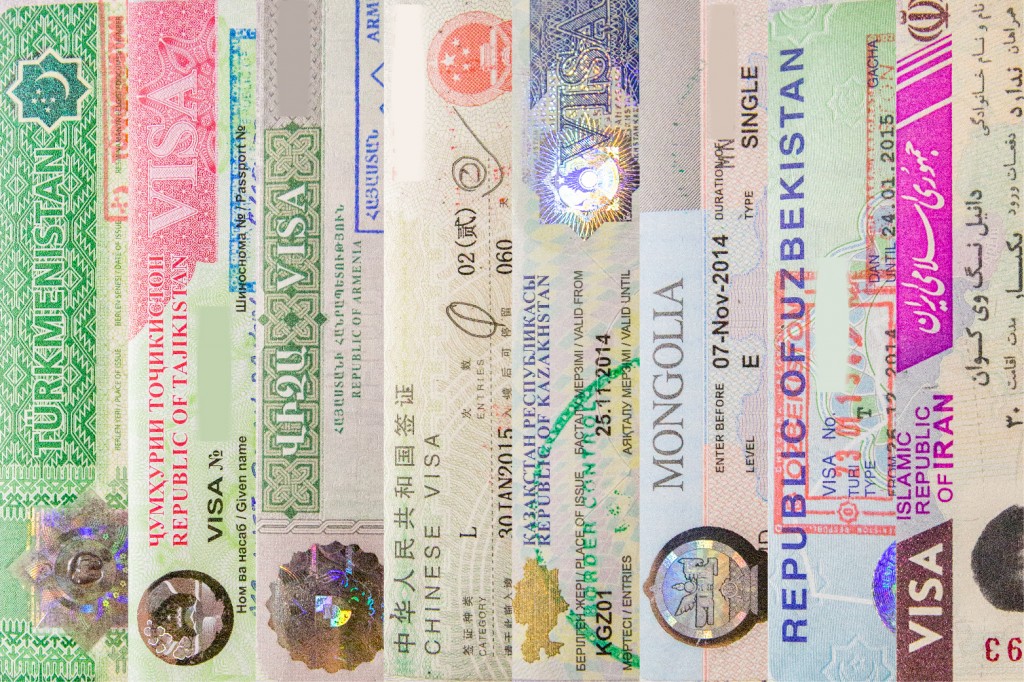
![Look up in Iran – Fascinating Ceiling Designs That You Don’t Want To Miss [Photos]](https://farm9.staticflickr.com/8602/16439658178_e1231d821e_o.jpg)
